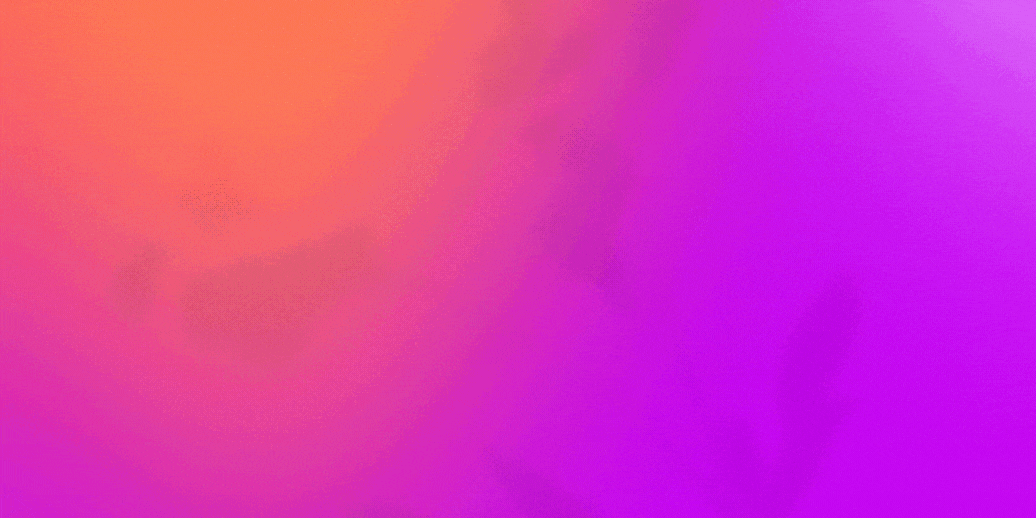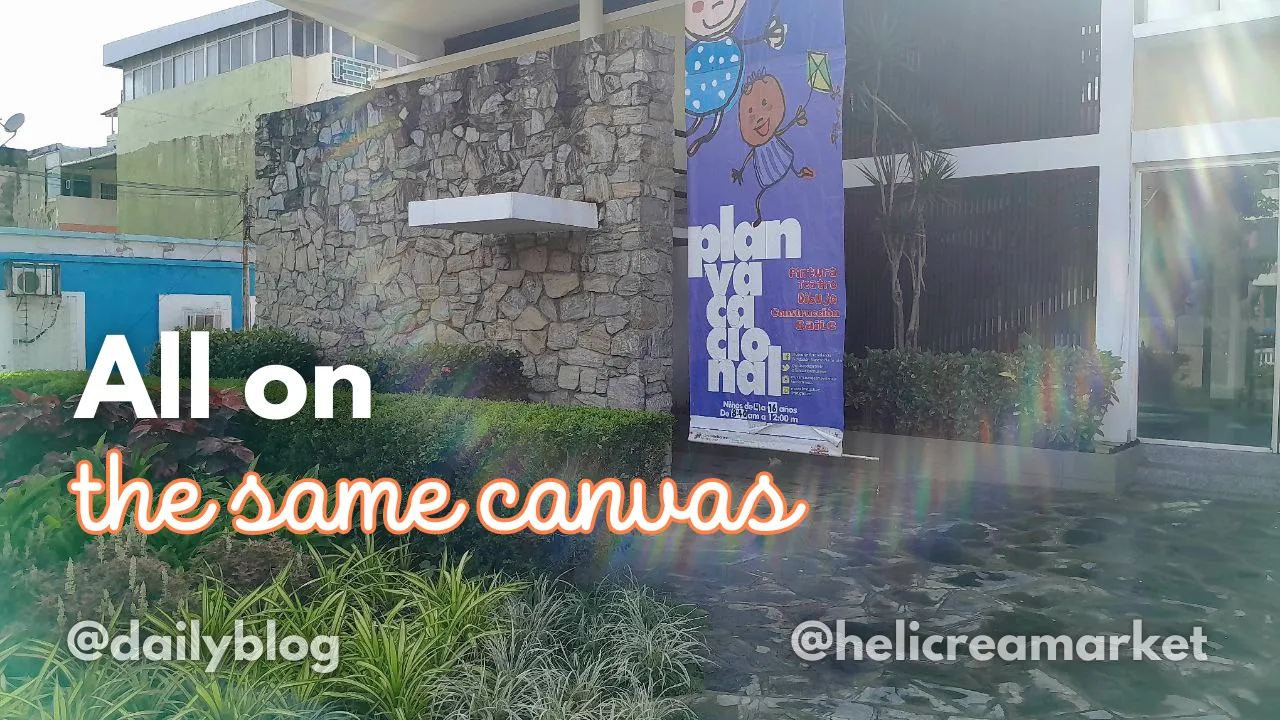
Happy Wednesday, friends! 👋🏽 Today I want to share an experience that started off quite chilly, but ended on a bright, colorful note—full of memories and, of course, pride for our national talent.
This past Saturday, I had the chance to visit the Valencia Museum of Art (MUVA) and enjoy two very special exhibitions: Art and War (already open for a while) and Our Vigas (which debuted that very day).
 | 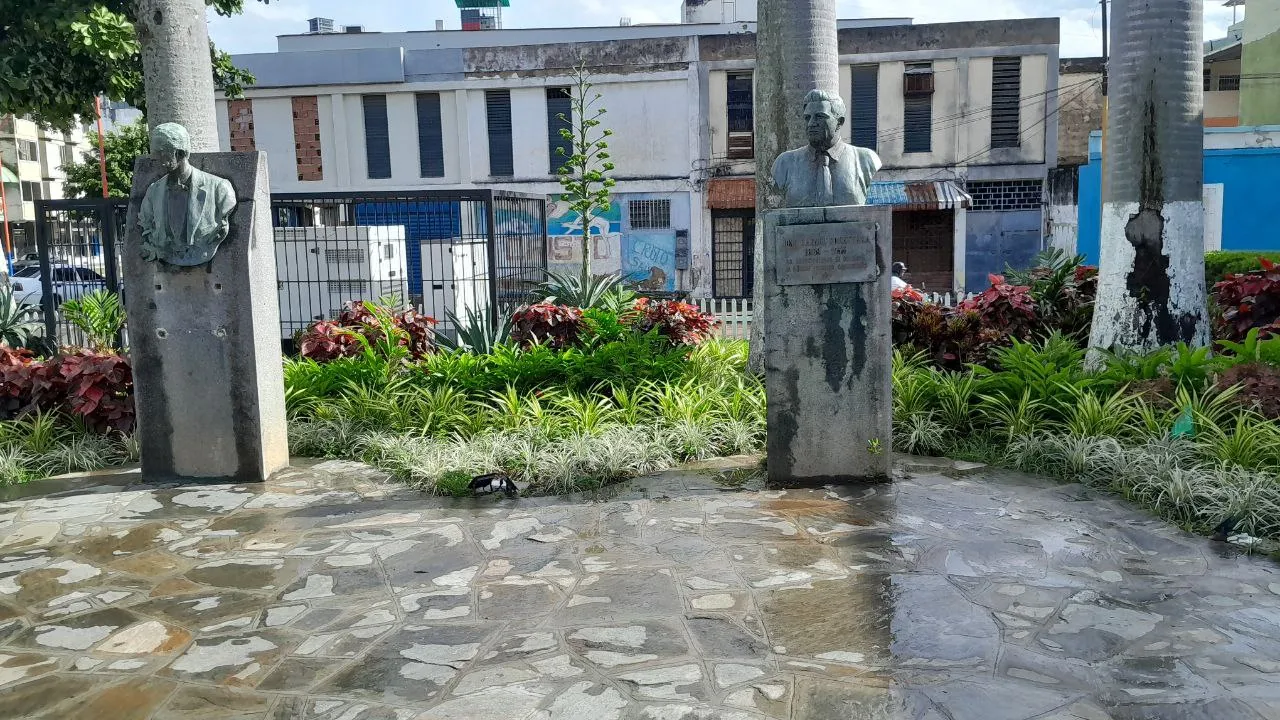 | 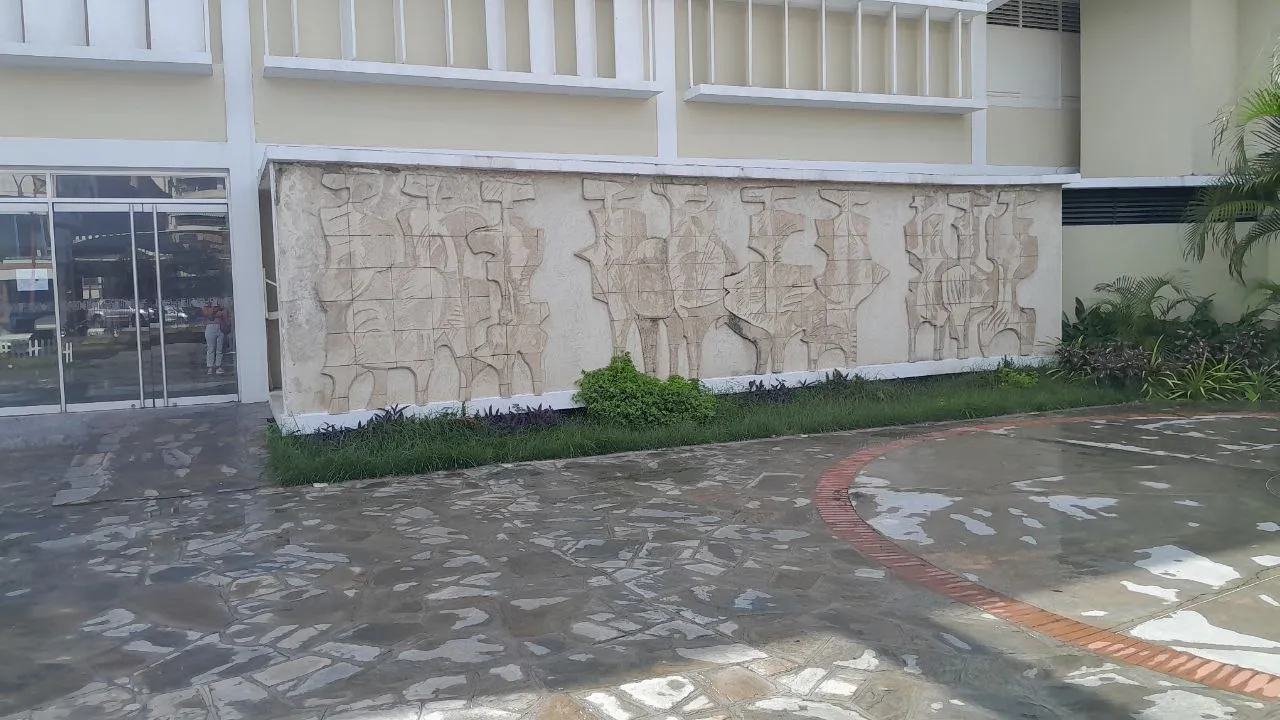 | 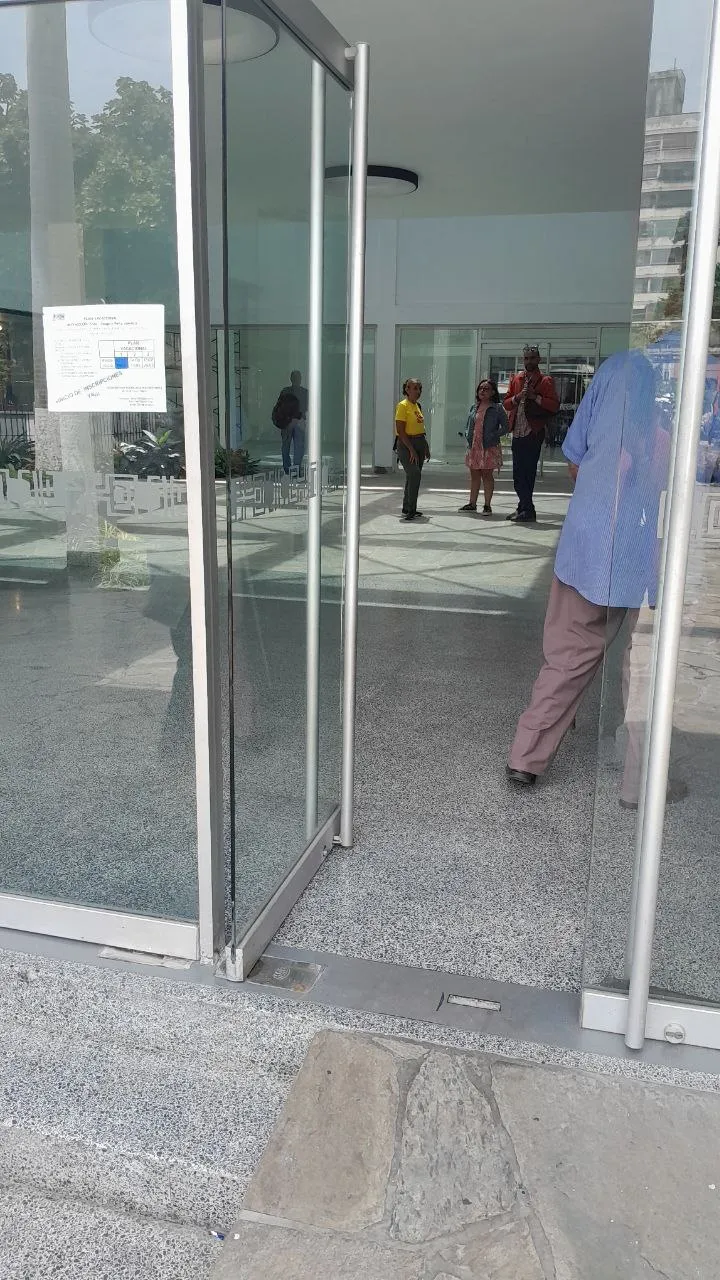 |
|---|
Both form part of the same colorful heartbeat—a tribute to the history of Carabobo’s art and a promise for its future. And honestly, I arrived thinking it would be “just a museum visit,” but I found something more.
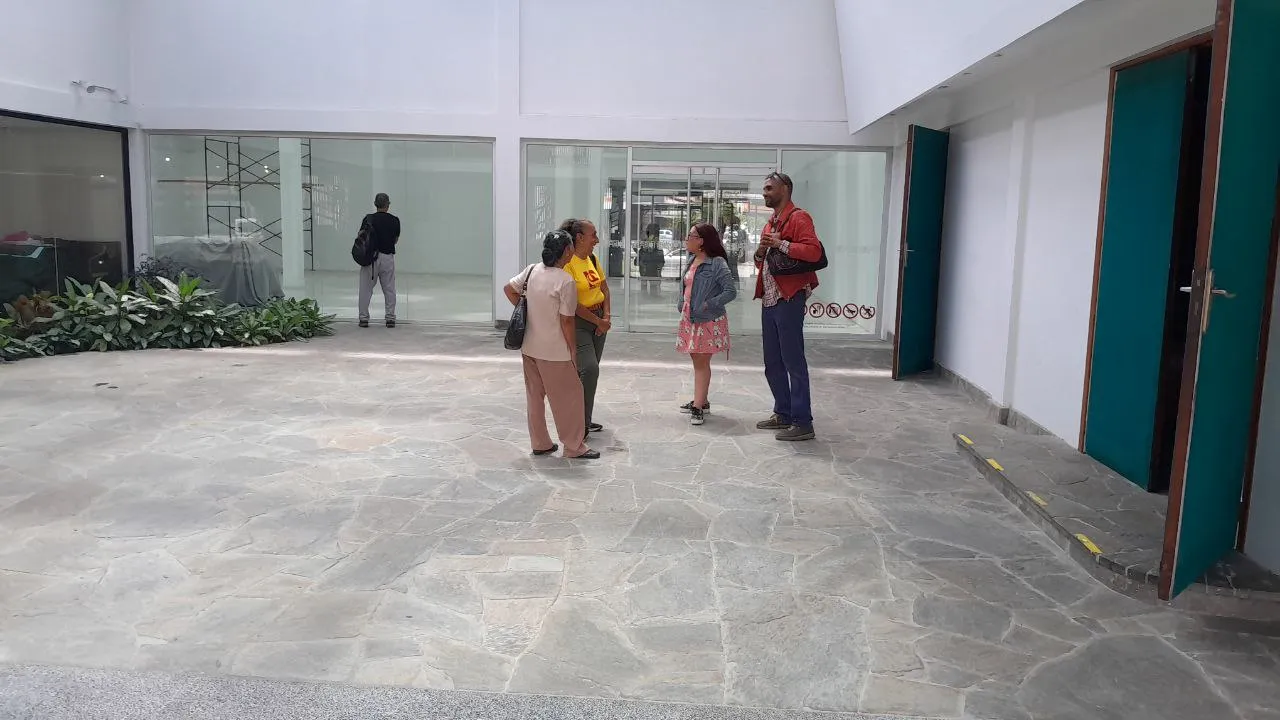 | 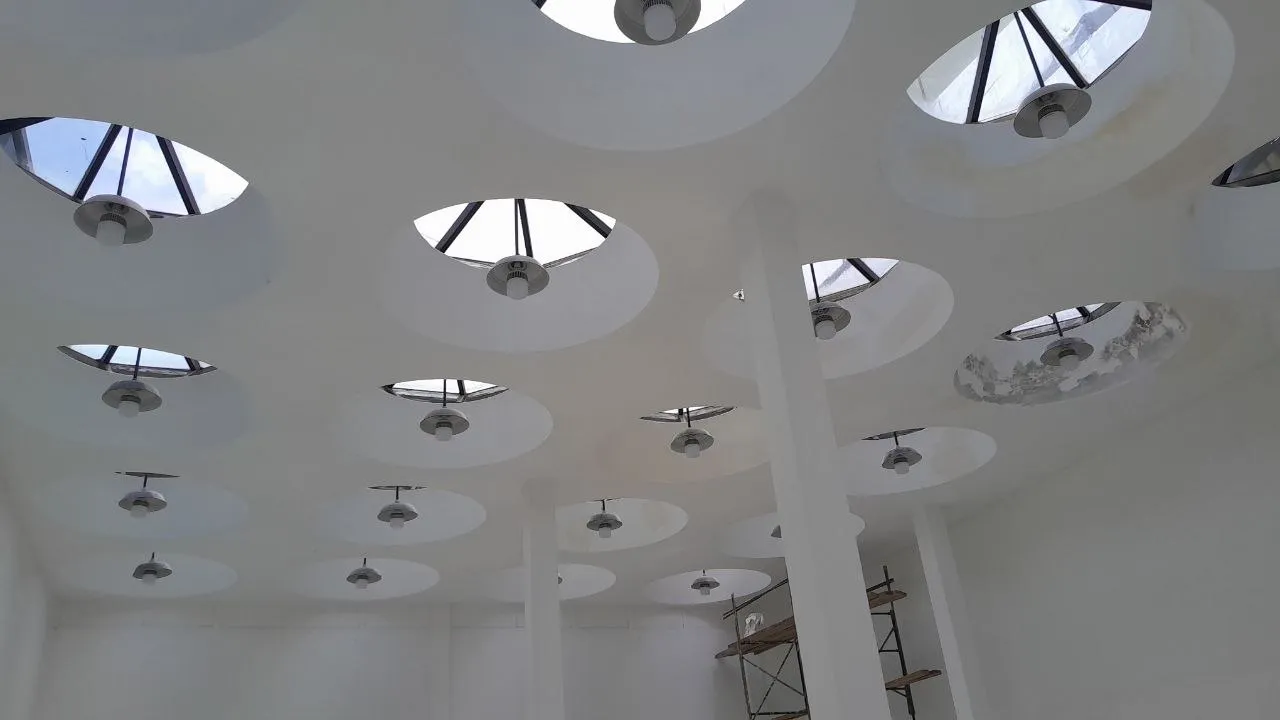 | 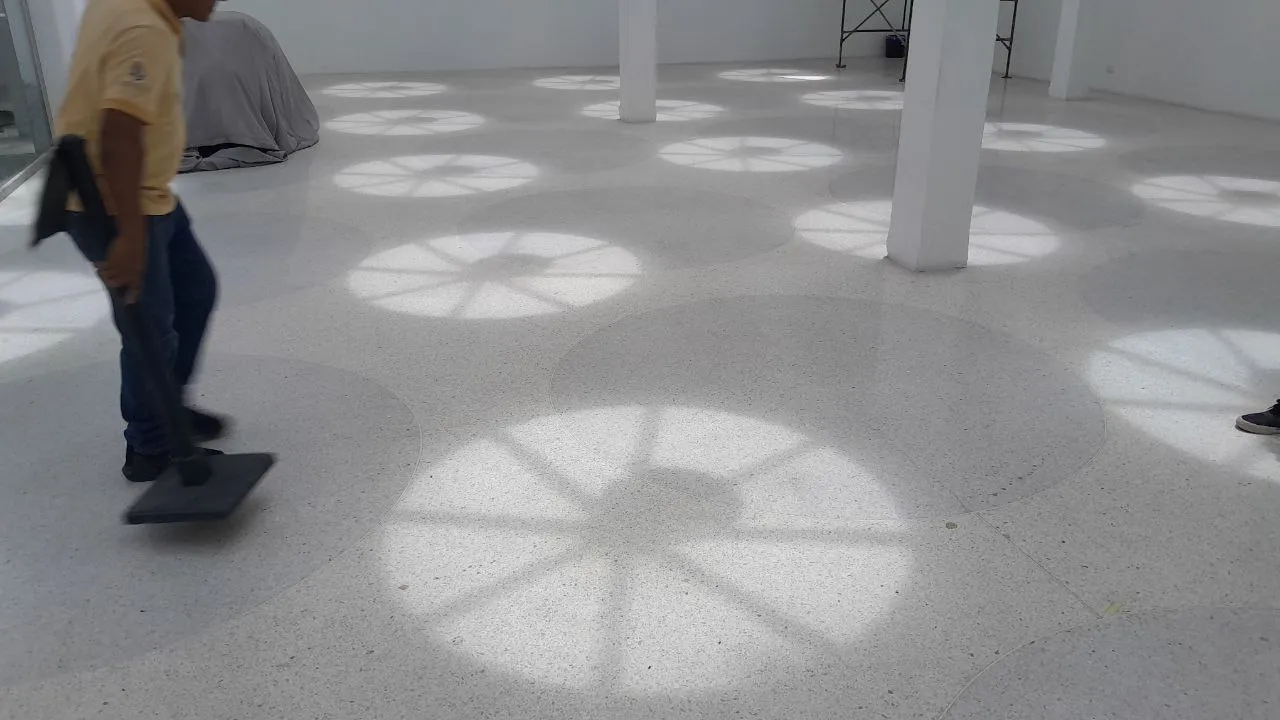 |
|---|
The museum’s infrastructure has been renovated, with pleasantly cool rooms—perfect for escaping the city’s heat. But beyond that, it was an emotional journey, one that moved from deep reflection to the excitement of discovering new creative voices—especially those who never sleep.
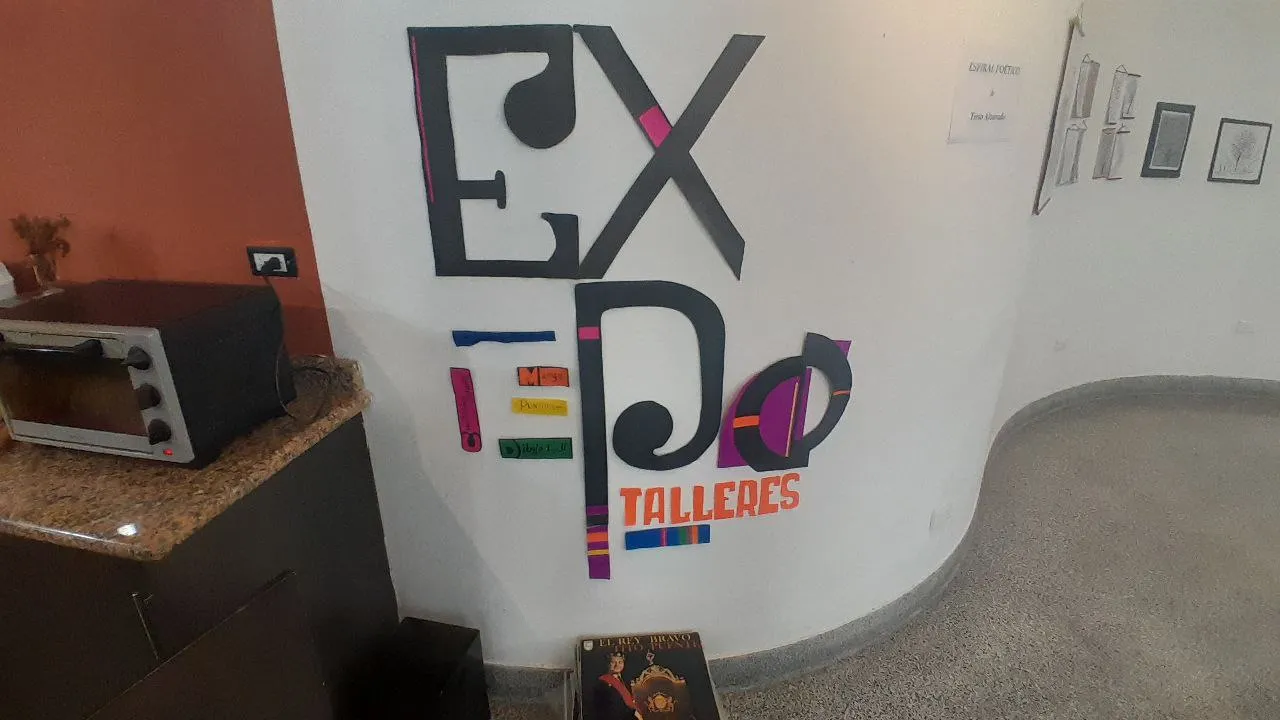 |  | 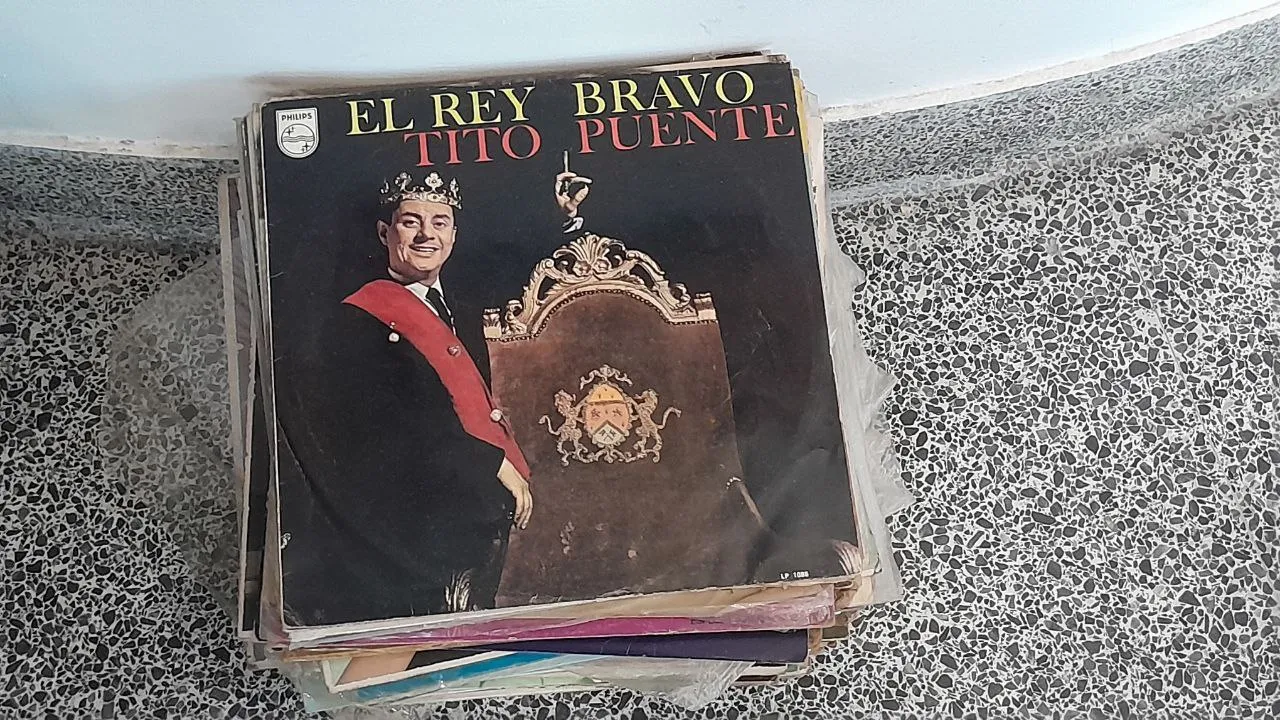 | 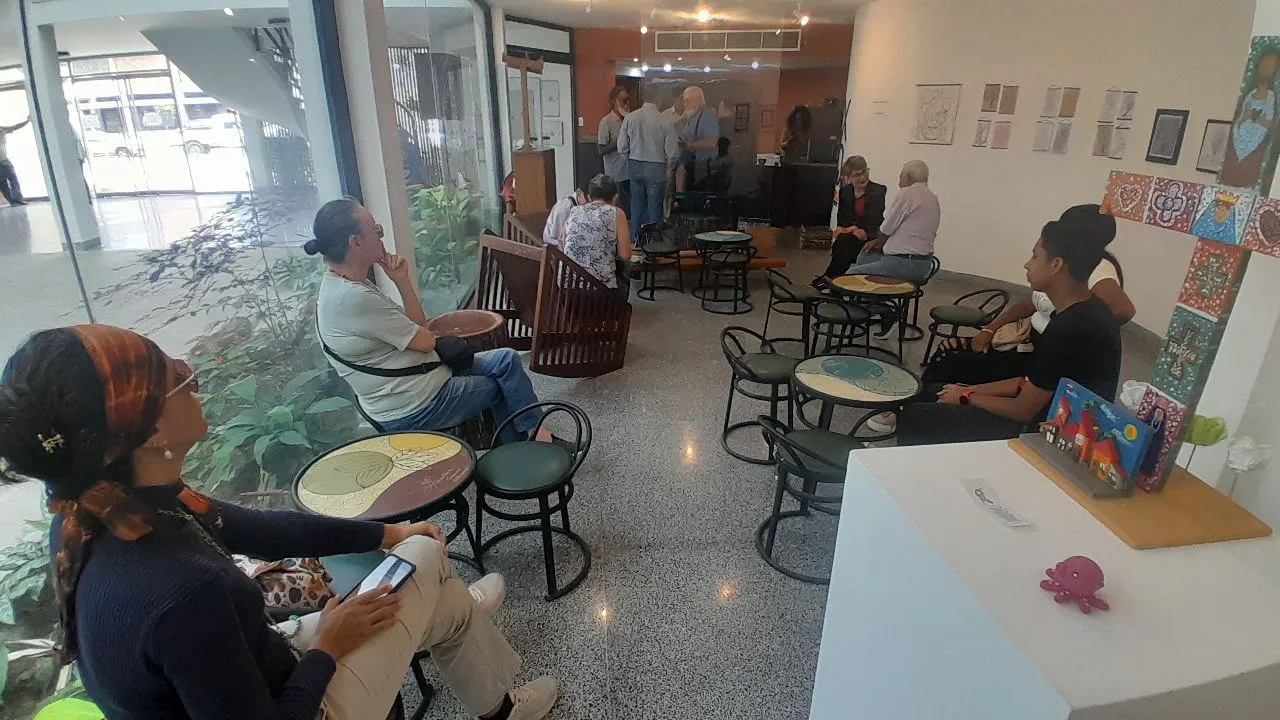 |
|---|
 | 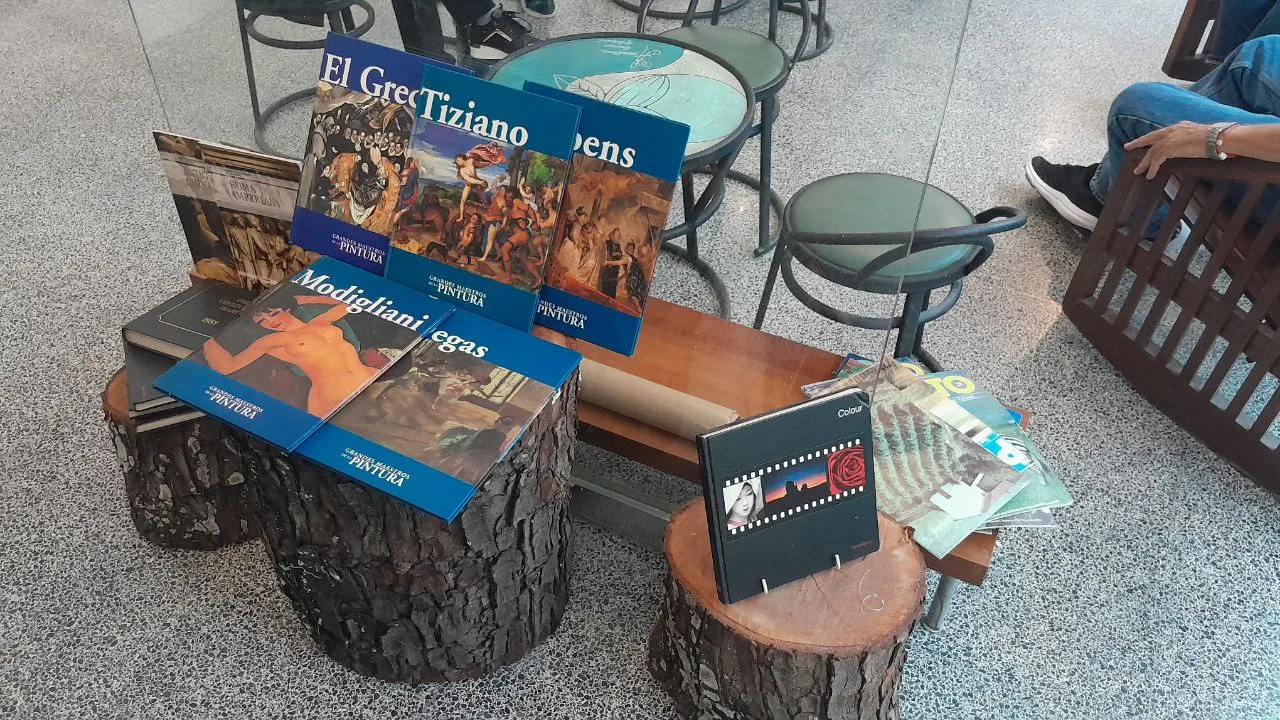 |  |  |
|---|
I arrived at MUVA with the late morning sun shining on its façade after a light rain. Outside, a lively group chatted away—artists, students, and curious visitors among them. The atmosphere felt special, as if we all knew we were about to witness something truly great… national art at its finest.
After a warm welcome at reception, we moved along to our first stop:
The Quintín Hernández Space
A brand-new corner of the museum, named in honor of the master poet and visual artist who passed away on May 17. The moment I walked in, I realized it wasn’t just a room—it was a symbolic embrace of his memory.
The inaugural exhibition, Art and War, is powerful and deeply moving. It brings together works by renowned local artists like Carvince Nicastro, Benito Betancourt, Hugo Barroeta, Fátima Mendoza, and many others.
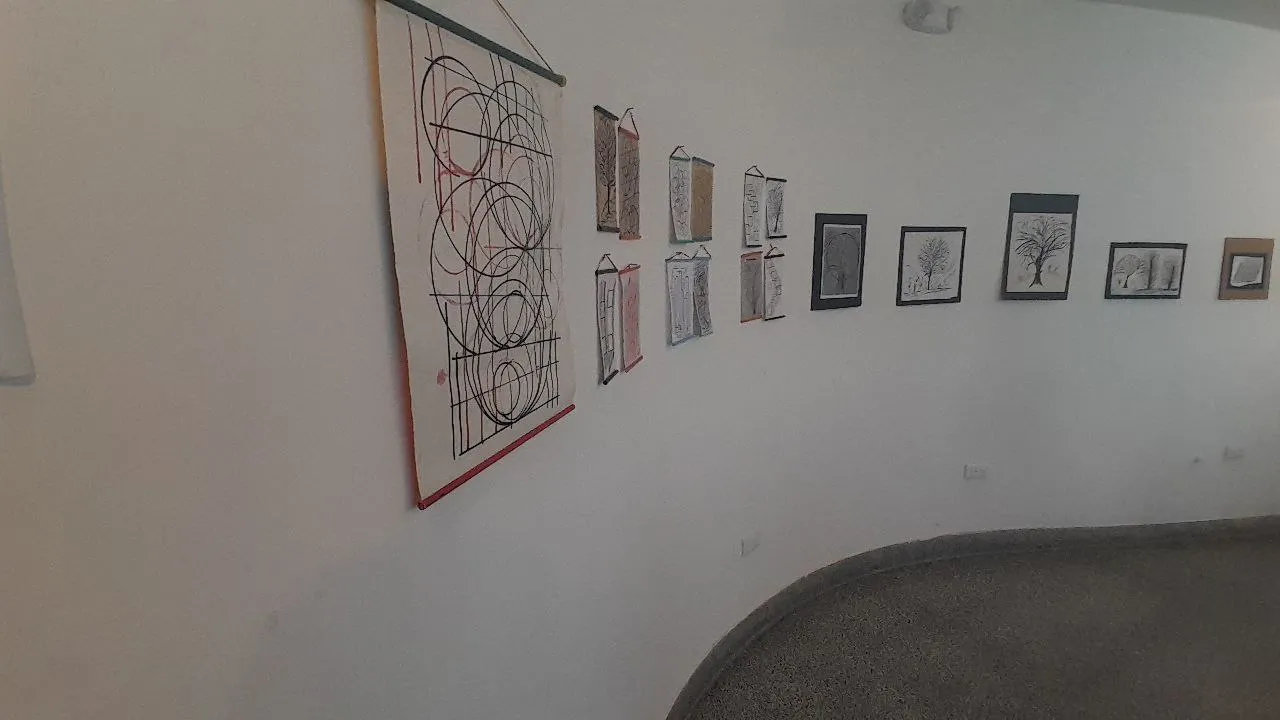 |  | 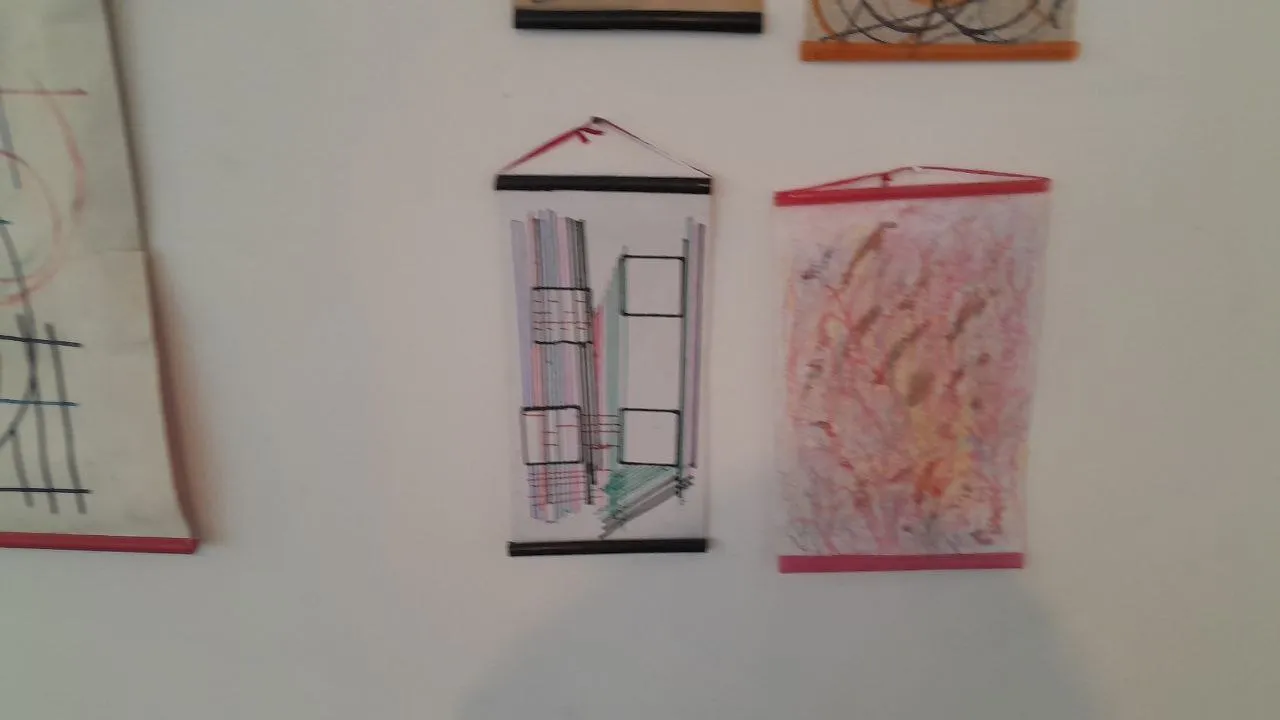 | 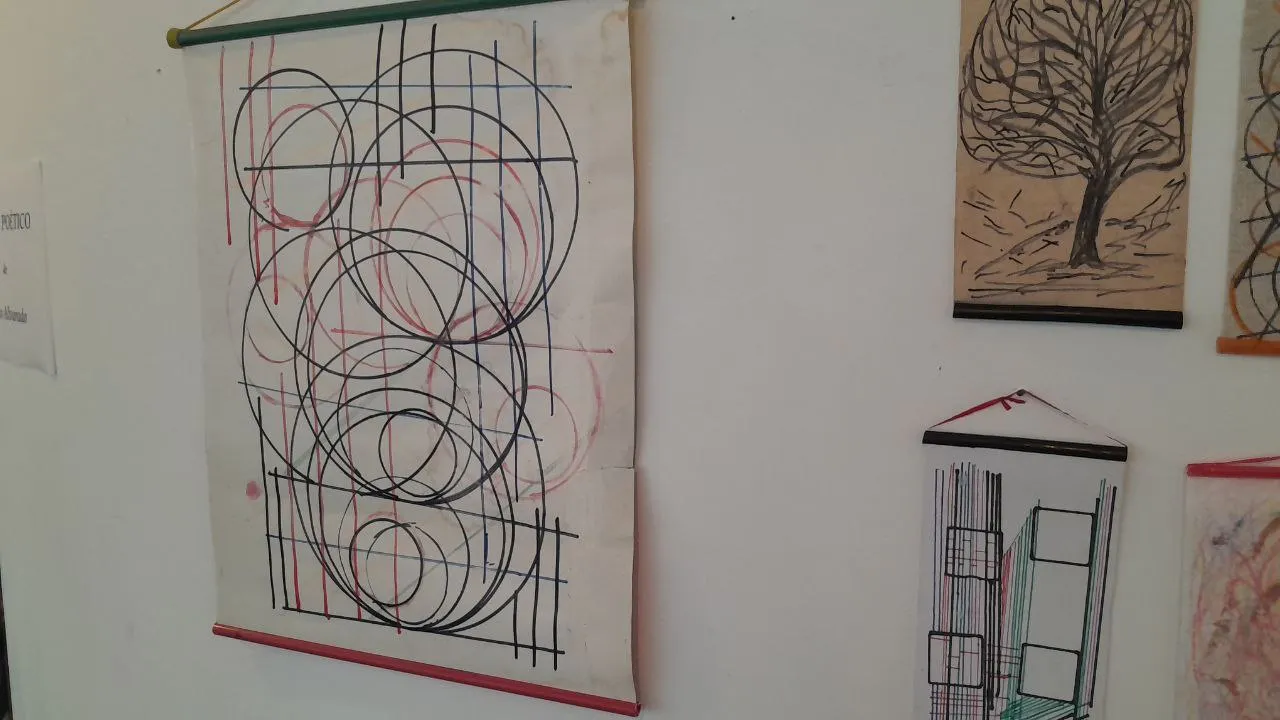 |
|---|
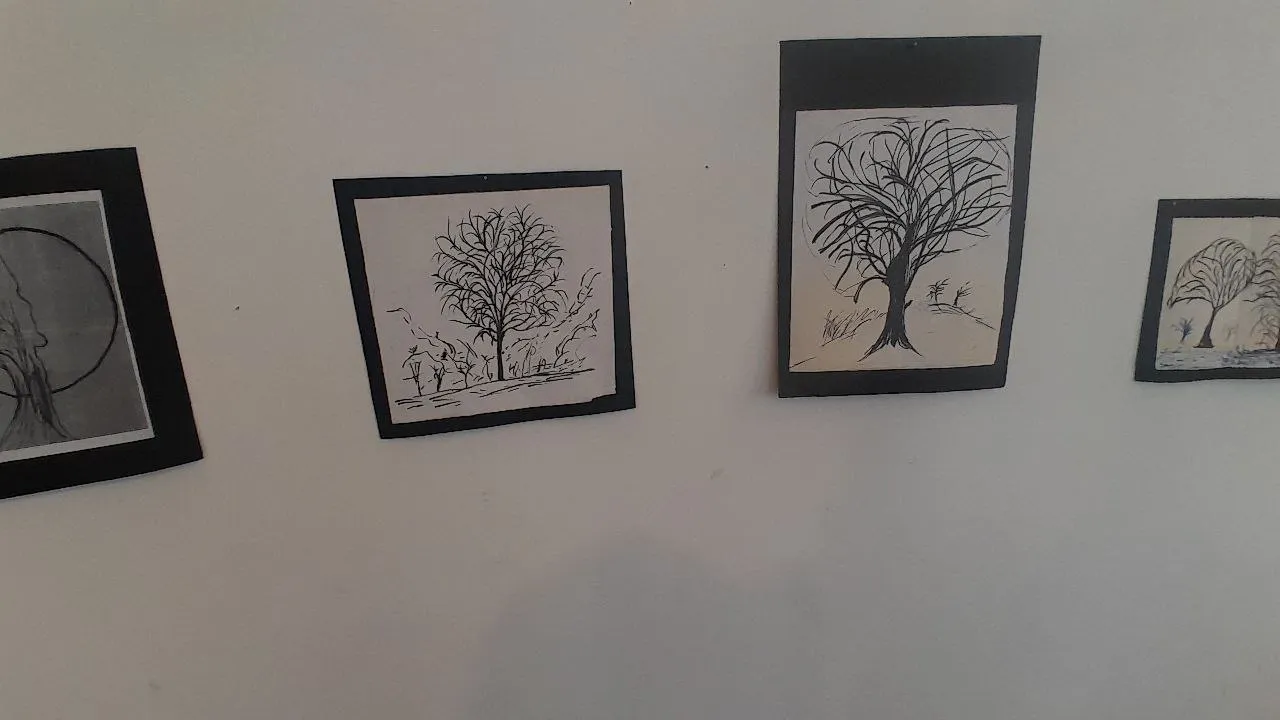 | 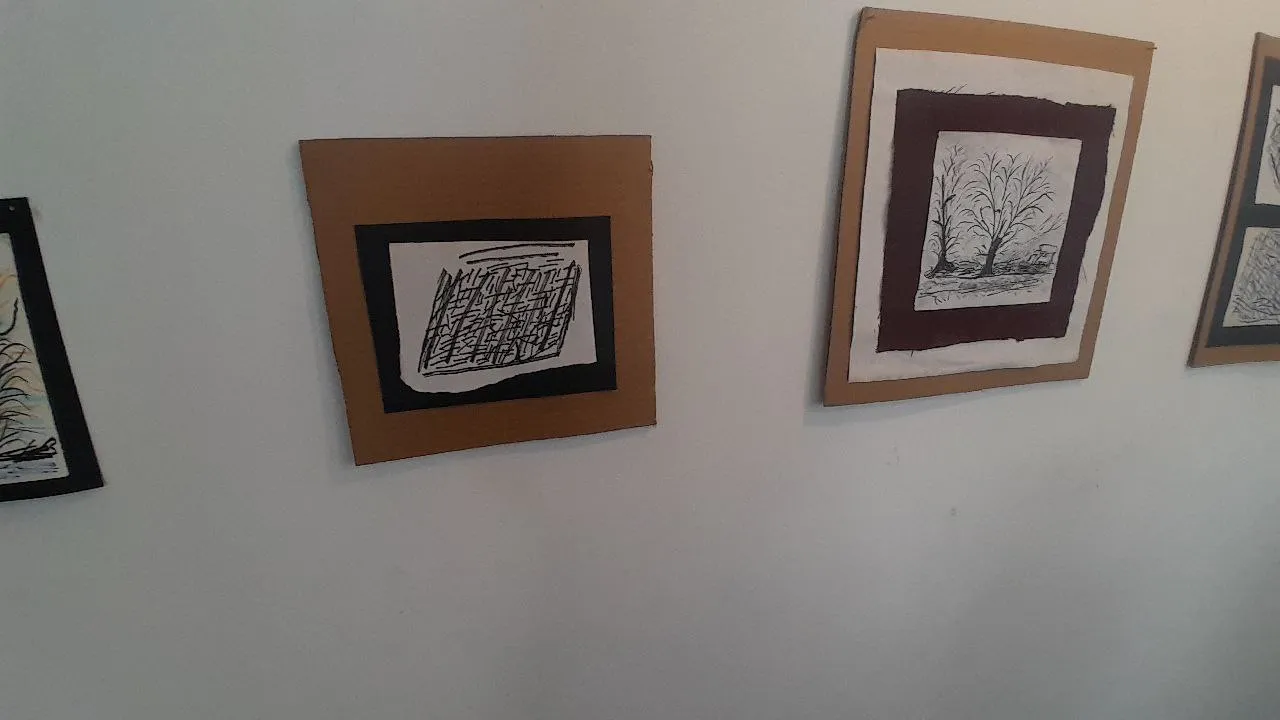 | 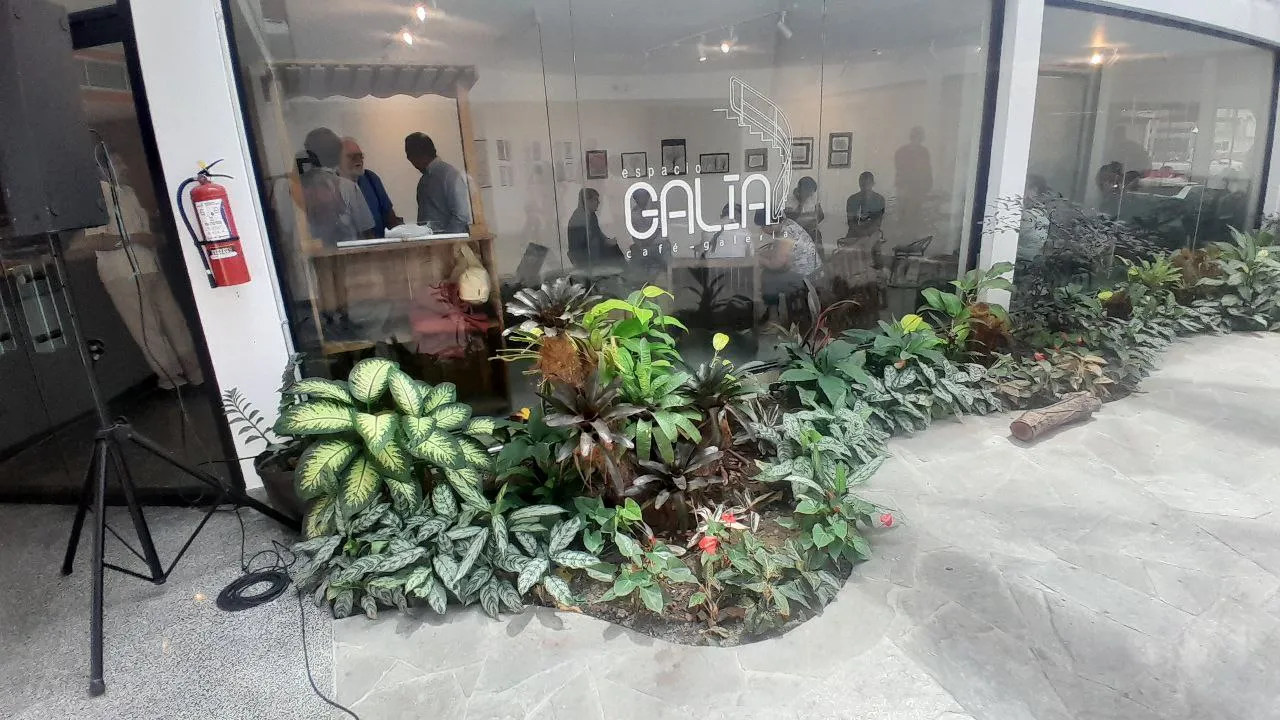 | 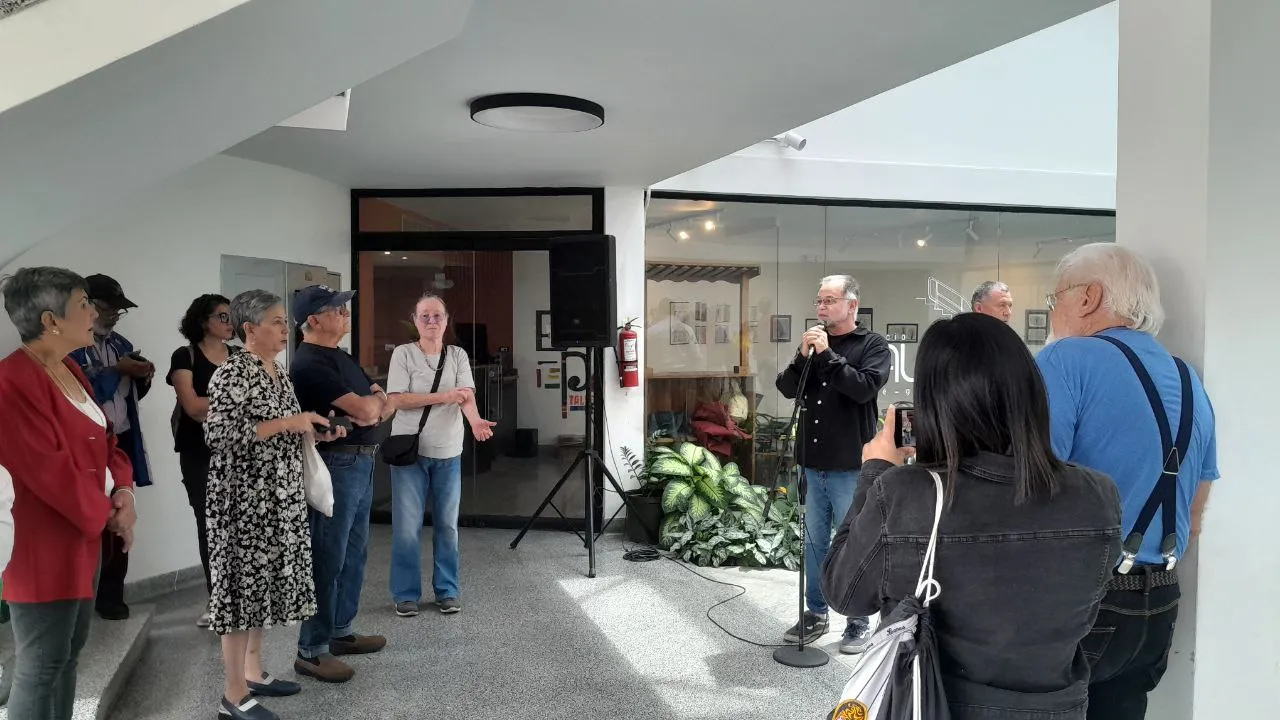 |
|---|
Each piece offers a different perspective on war—not only as armed conflict, but as the daily battles we all face: internal, social, and cultural.
What struck me most was how, despite their distinctive styles and techniques, the pieces seemed to “speak” to each other, as if each one were a letter sent to Maestro Hernández at a particular moment in time.
Next stop: The Ana Enriqueta Terán Room
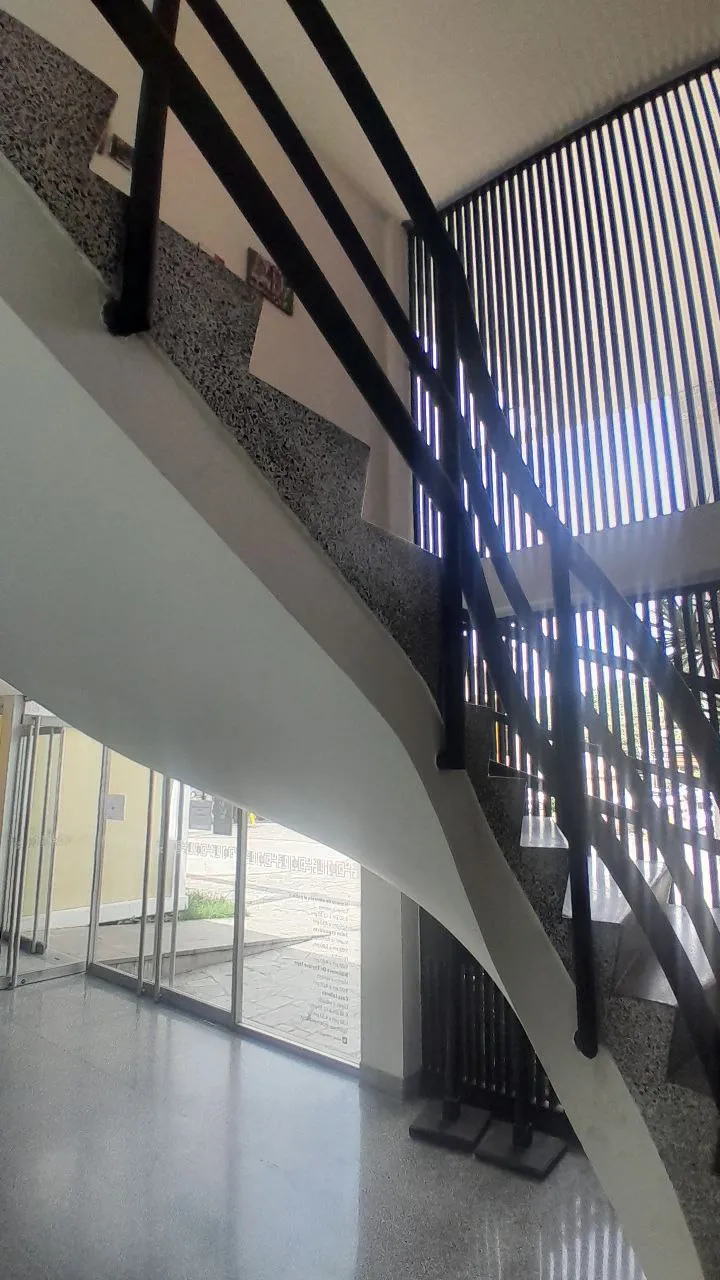 | 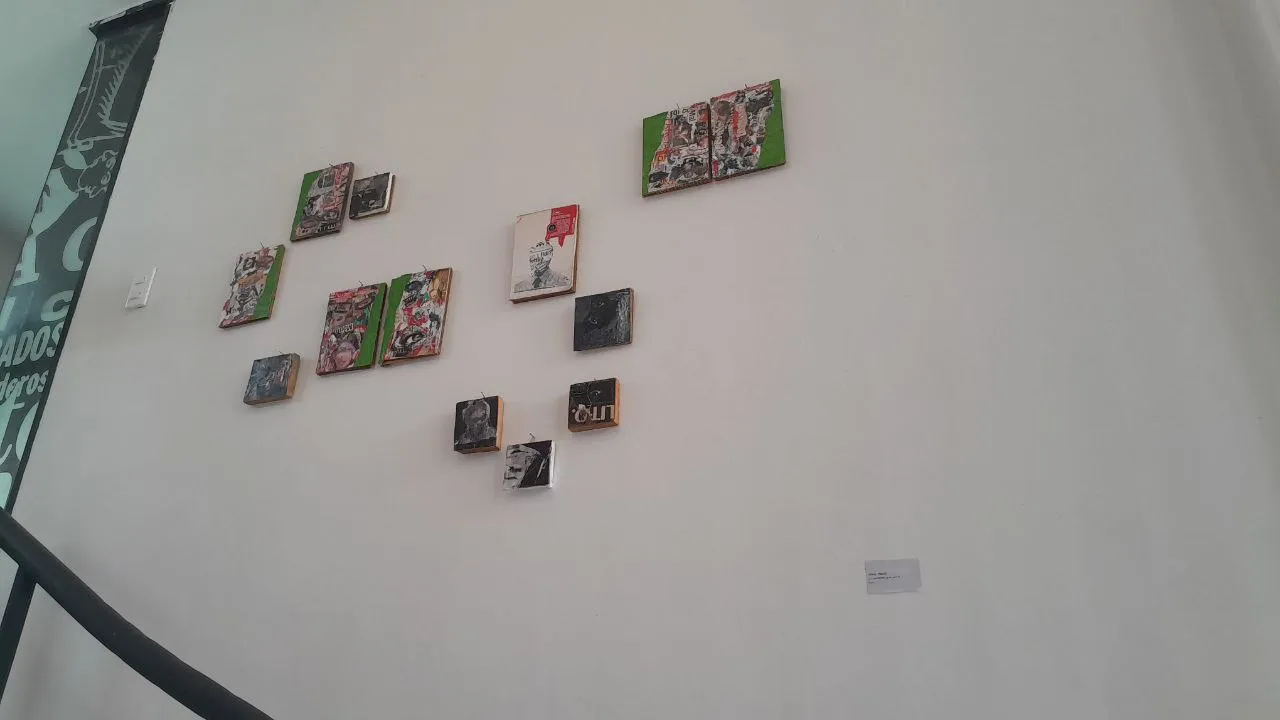 |
|---|
Here, Our Vigas was on display. If the first exhibition had a deep emotional weight, this one felt like opening a window and letting in fresh air.
I got to see the work of young creators like Noel Alí, Alejandra Ceballos, Levis Herrera, Vanessa Pulido, and many more. Their proposals—ranging from painting to sculpture to installation—were diverse, yet all carried a personal touch that, while fresh, still connected with the artistic tradition of our country.
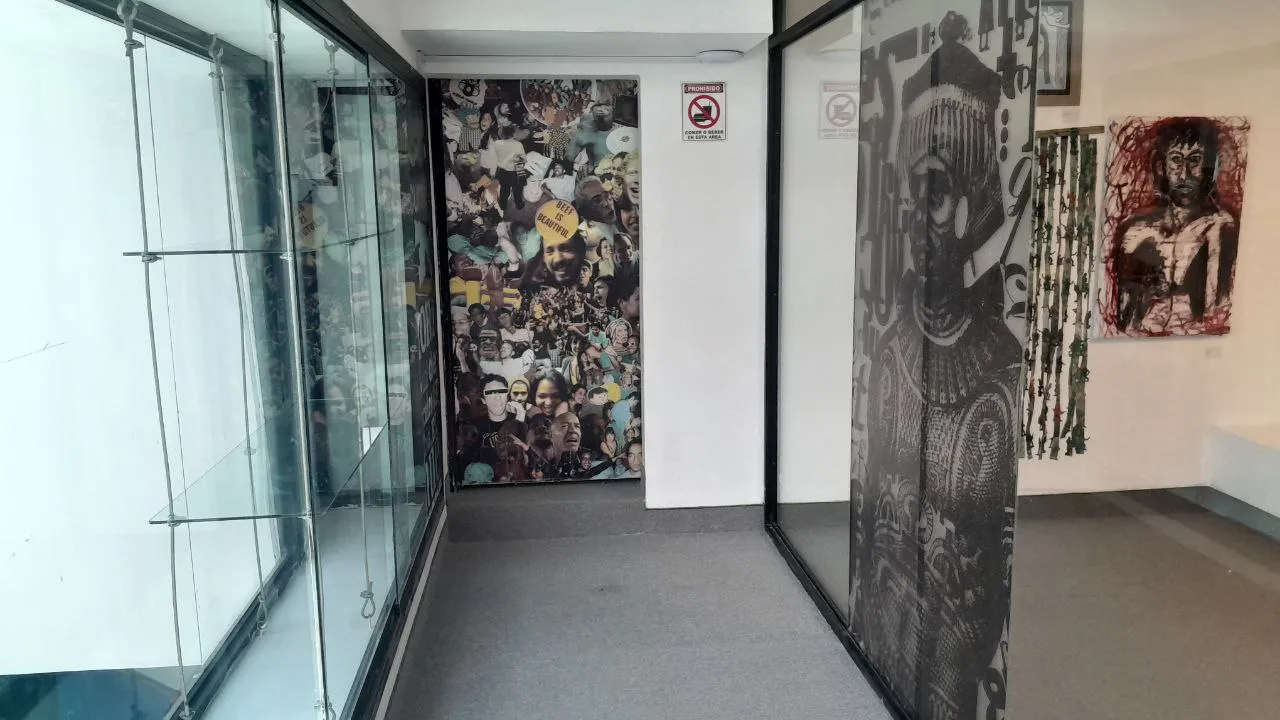 |  | 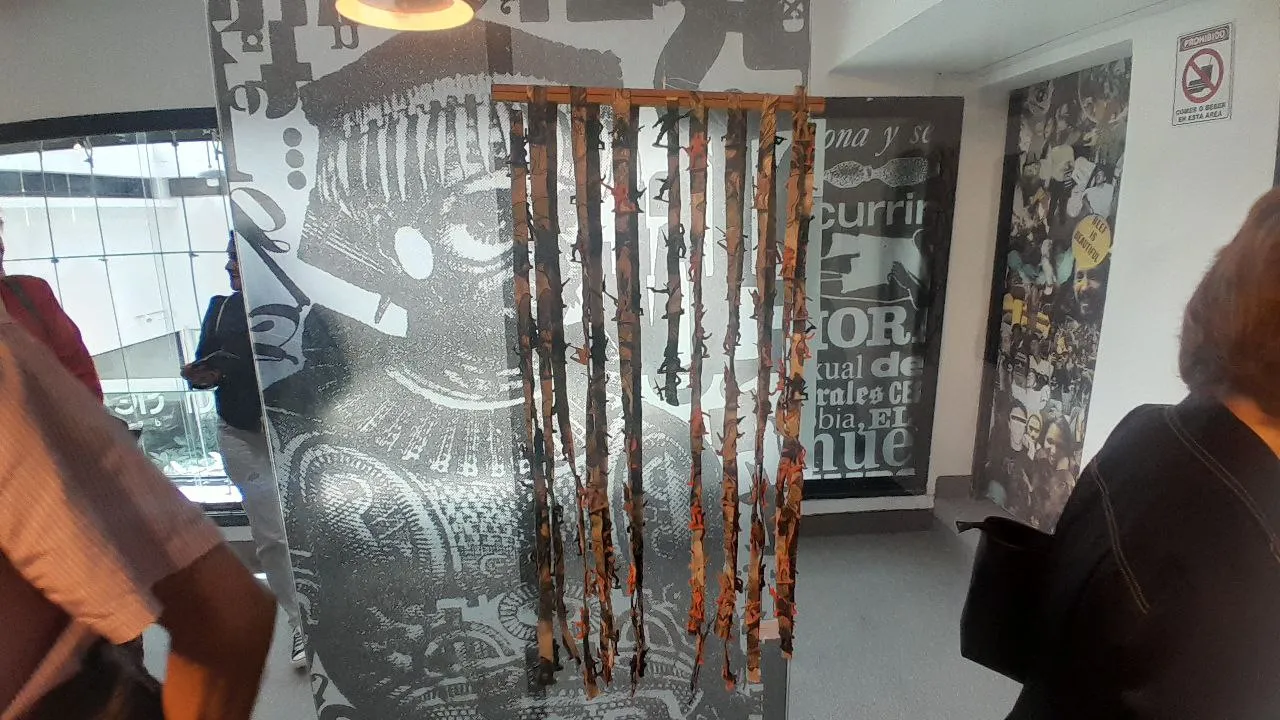 |
|---|
What I loved most was that it wasn’t about “copying” the great Oswaldo Vigas, but rather reinterpreting him through different contemporary perspectives.
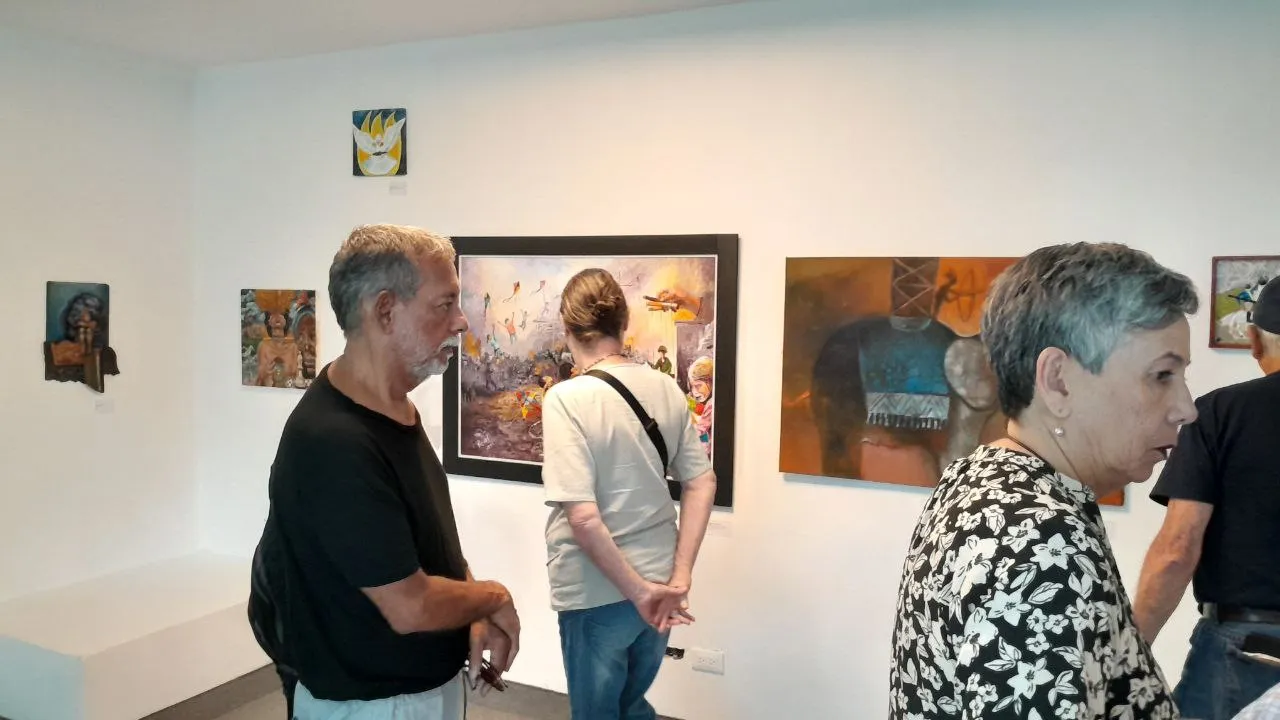 | 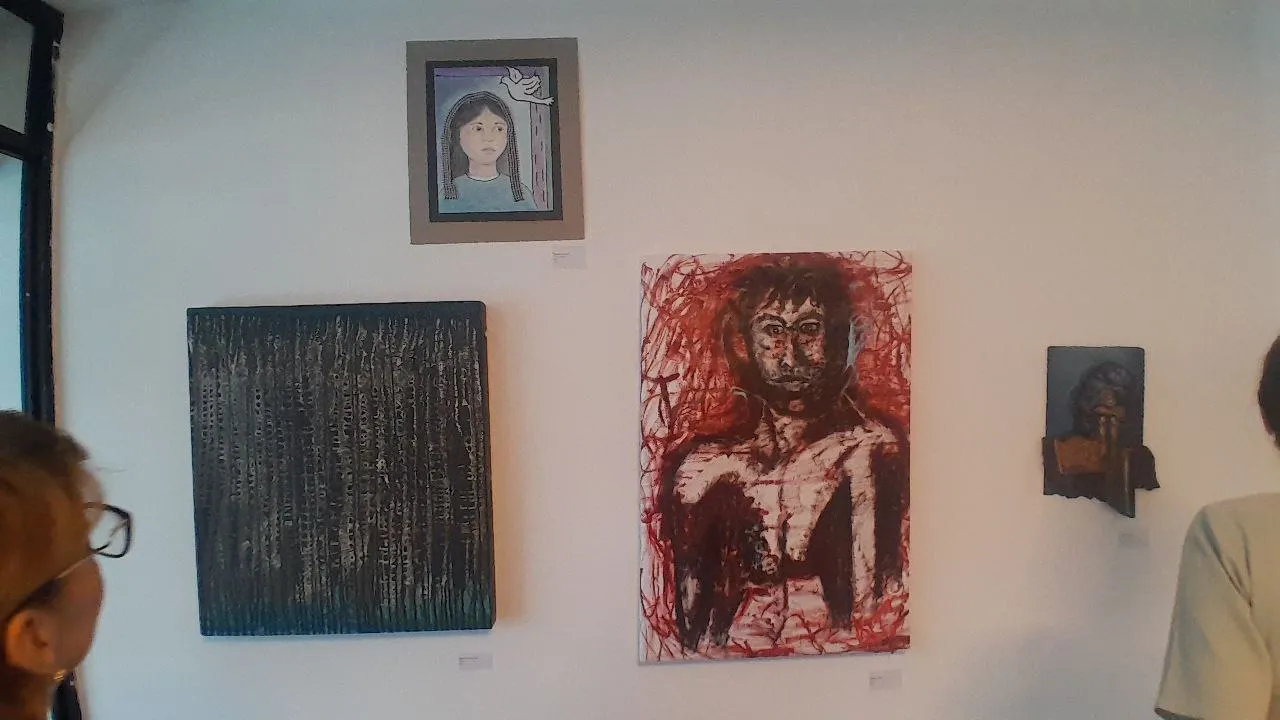 | 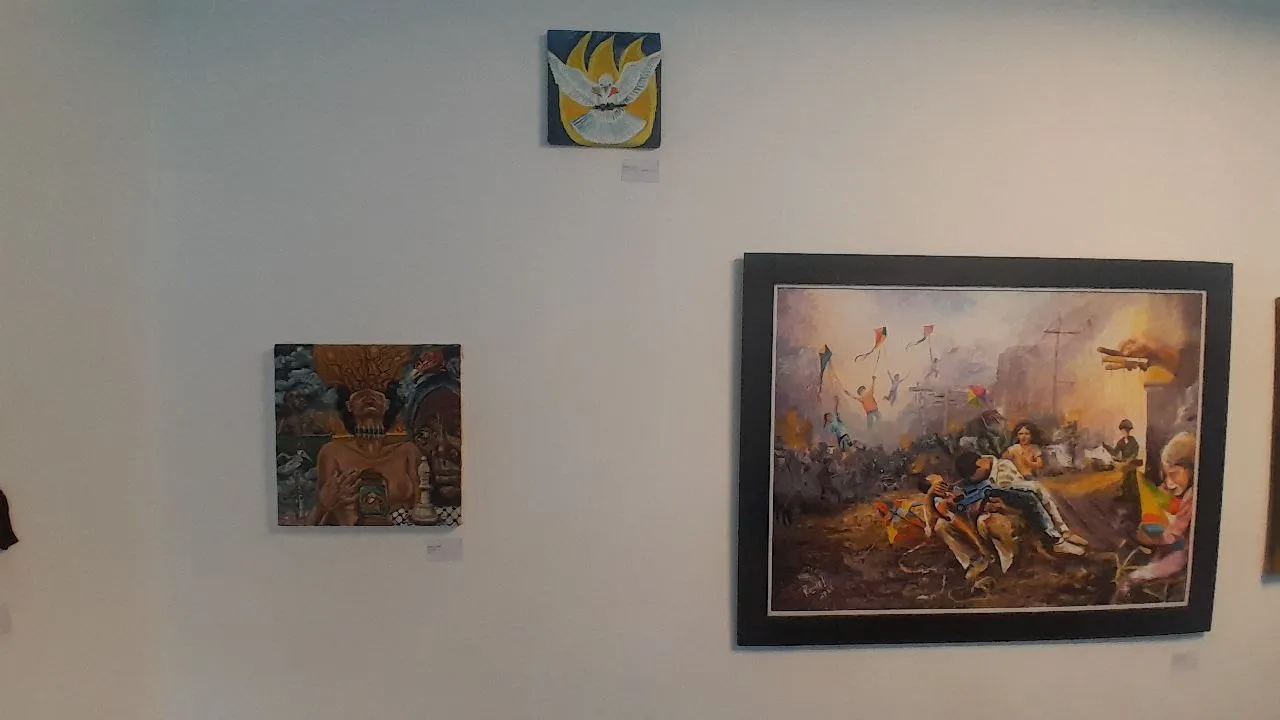 | 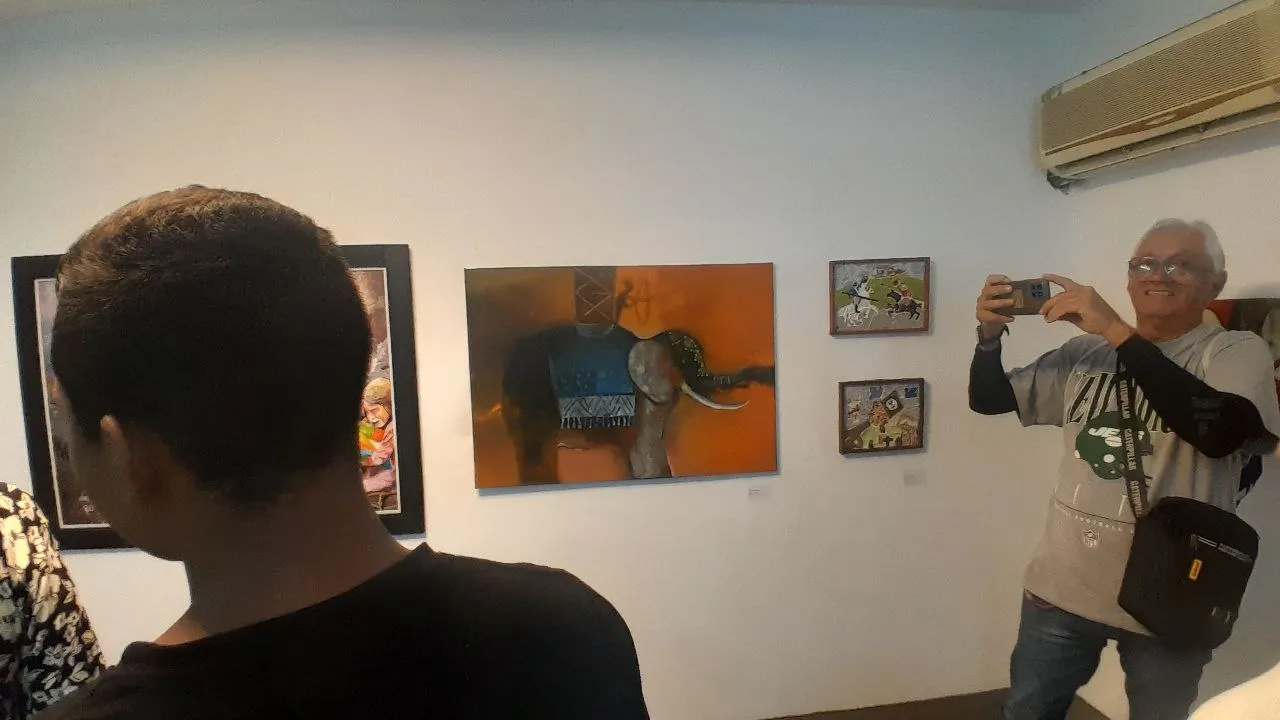 |
|---|
 | 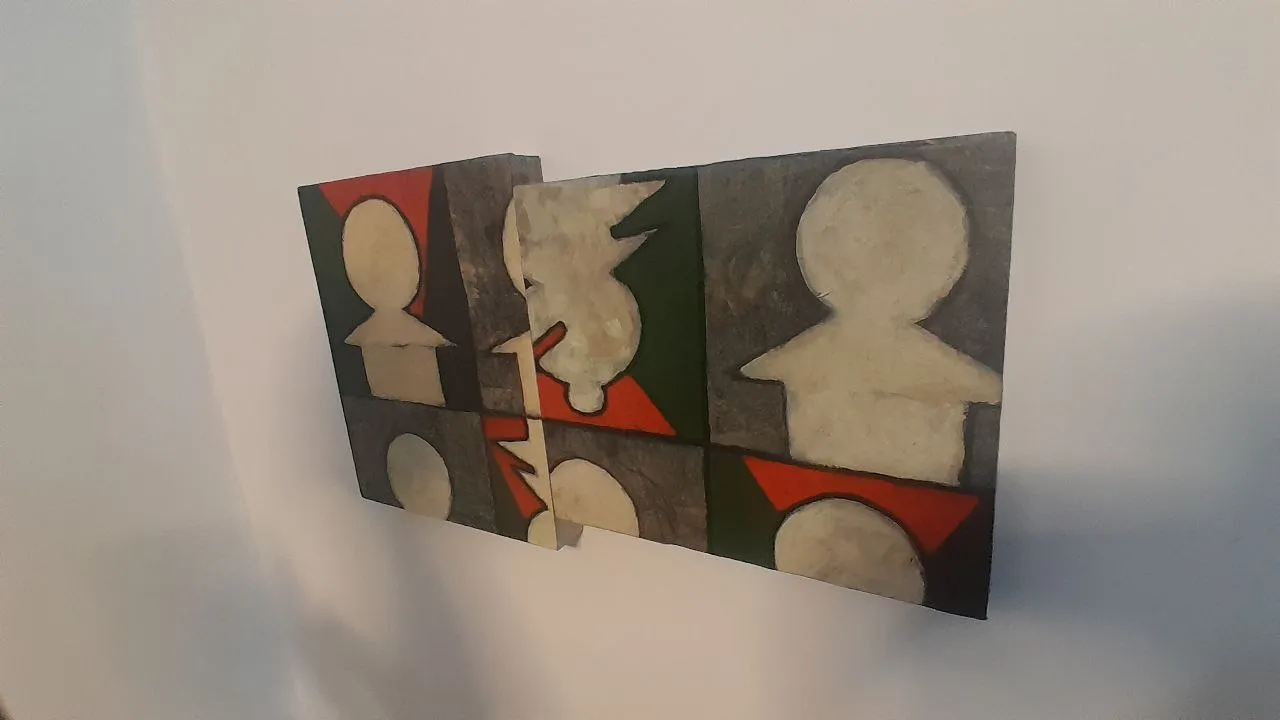 | 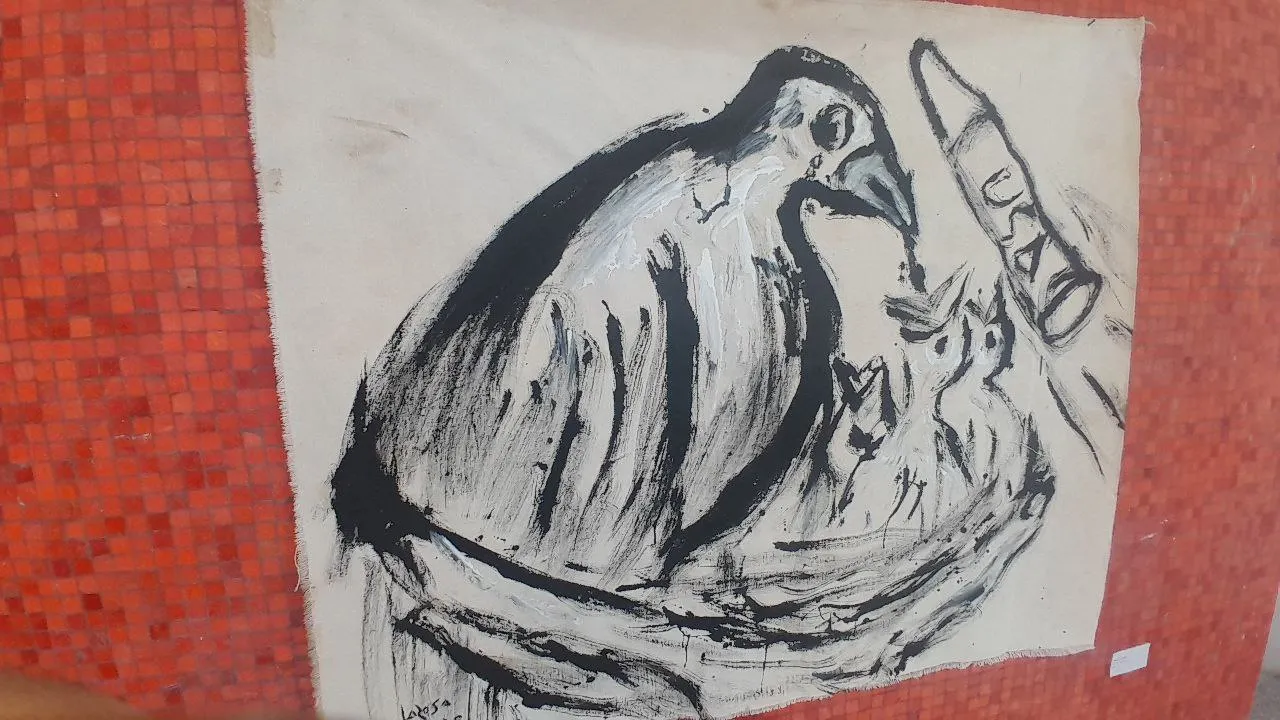 |  |
|---|
There were works rich in indigenous symbolism, others bursting with vibrant color palettes that seemed to explode off the wall, and some more conceptual pieces that invited deeper reflection.
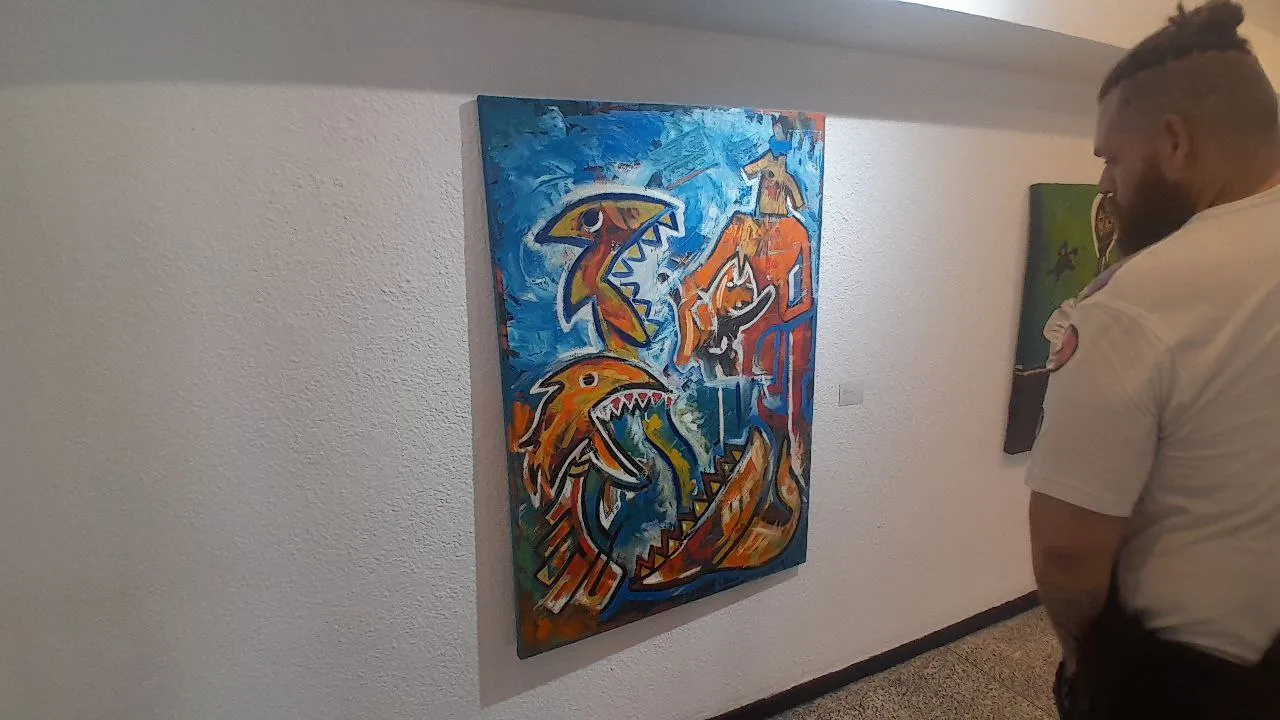 | 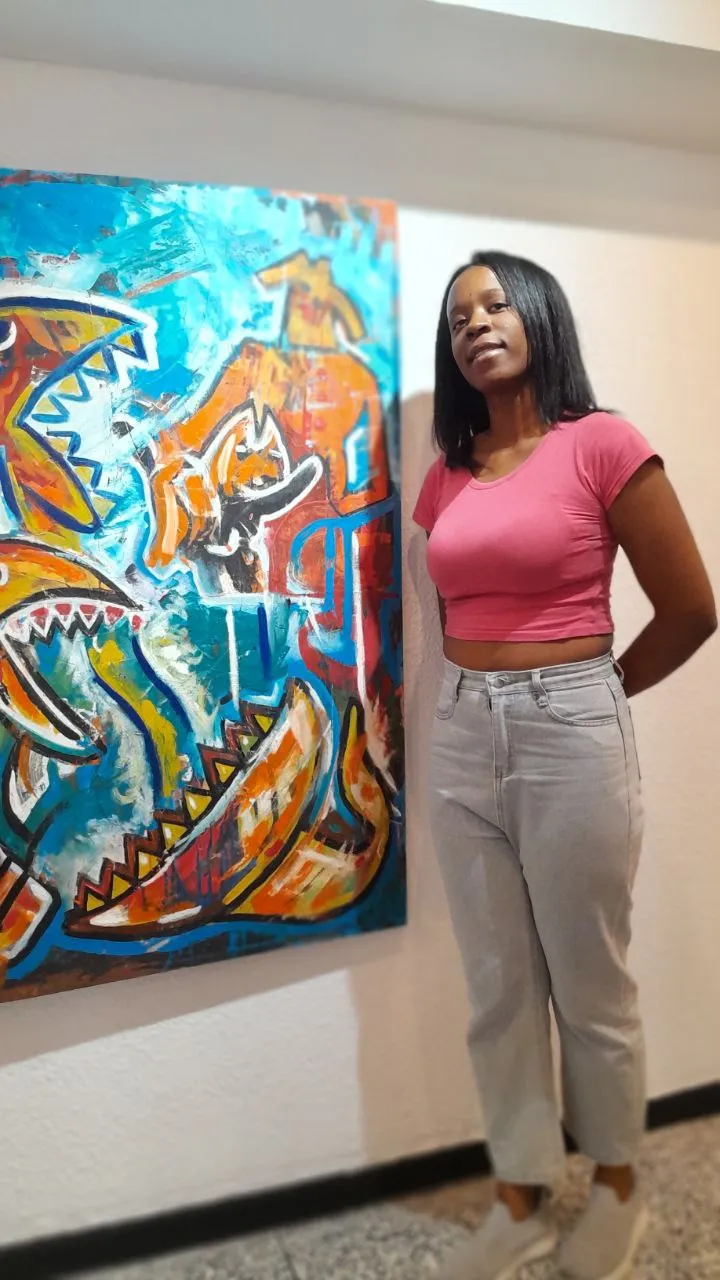 |
|---|
My favorite of all was, without a doubt, Those Who Never Sleep.
A closing full of promise 🚪
 | 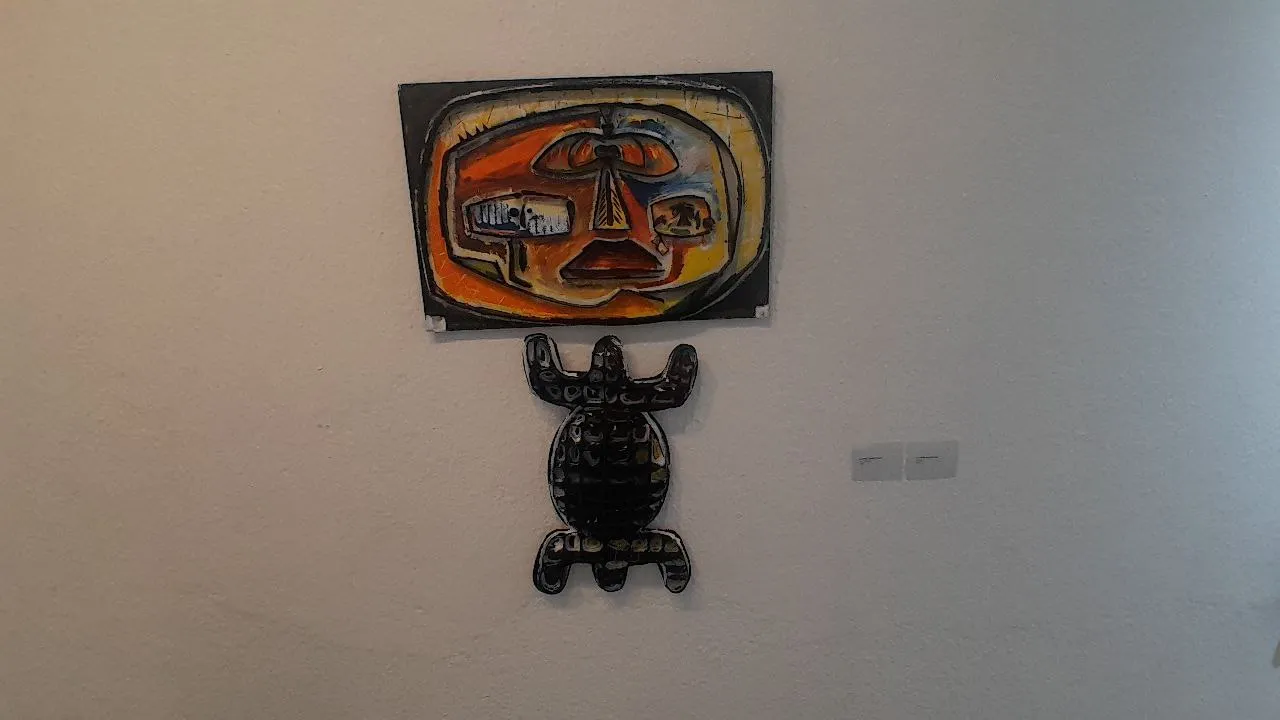 |  | 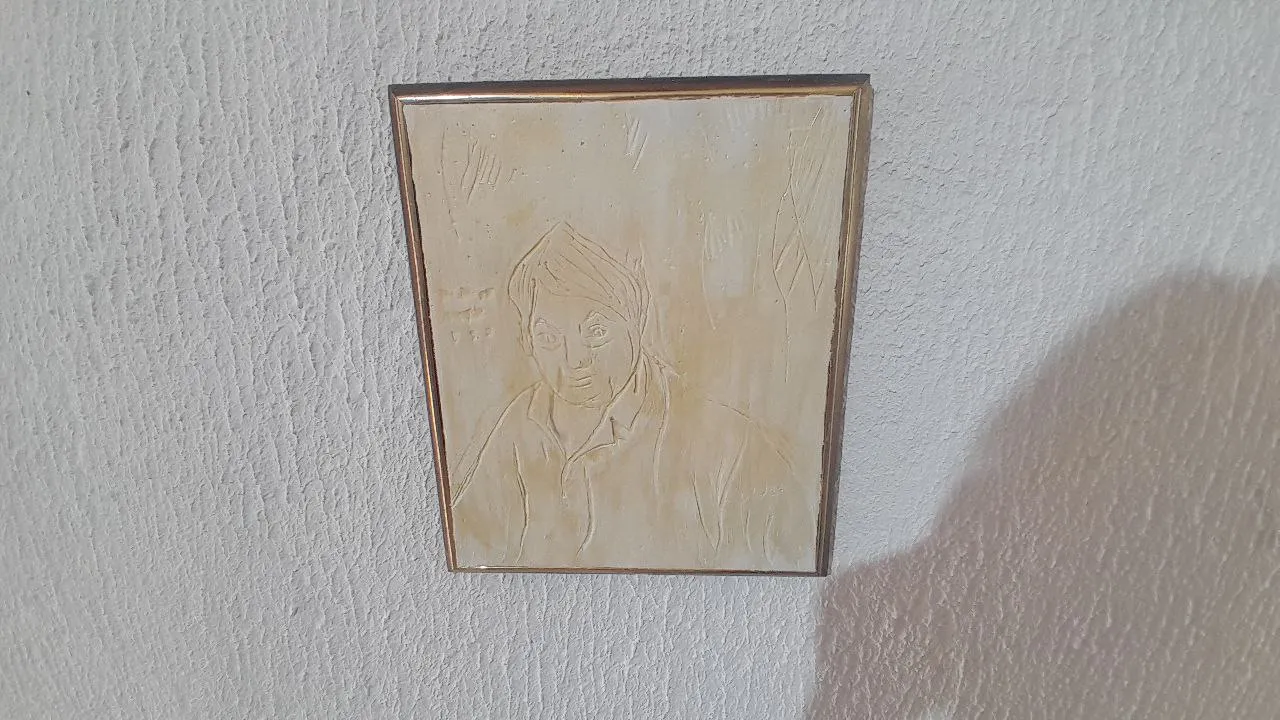 |
|---|
Before leaving, I learned this was just the start of a series of tributes MUVA has planned for this year. So yes, I left with the feeling that I’ll be back soon to keep enjoying art and its homages.
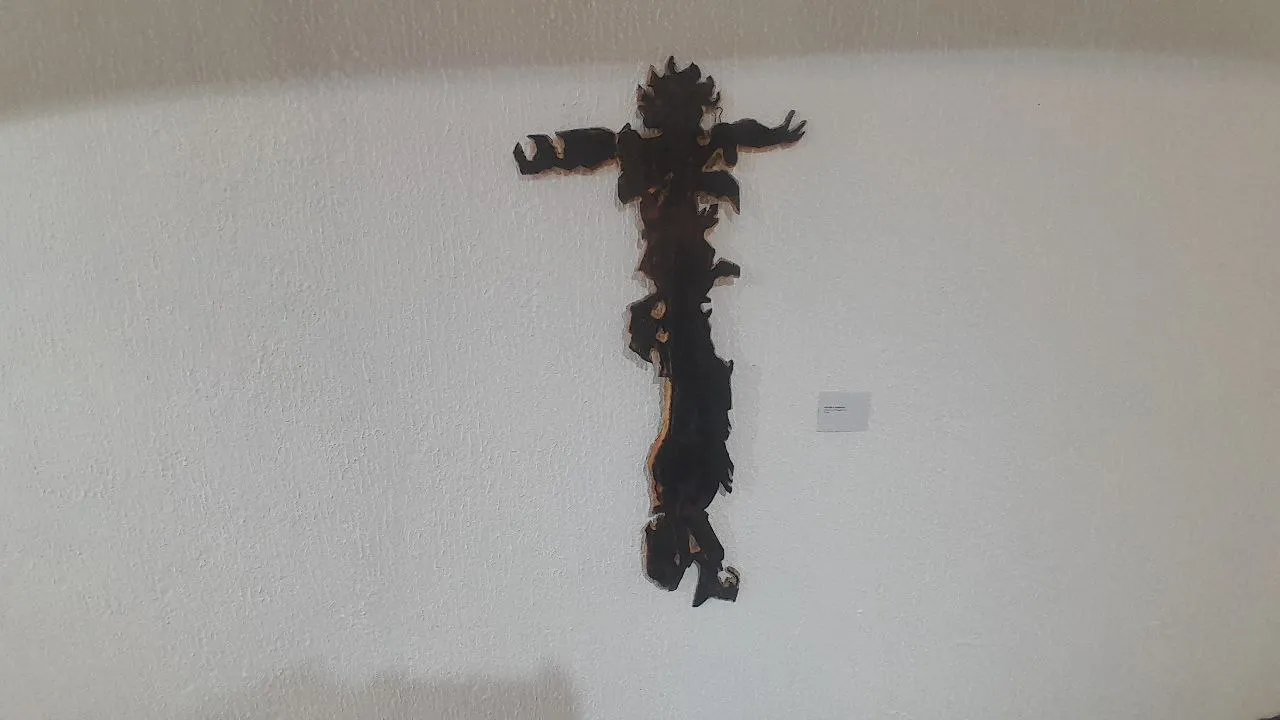 | 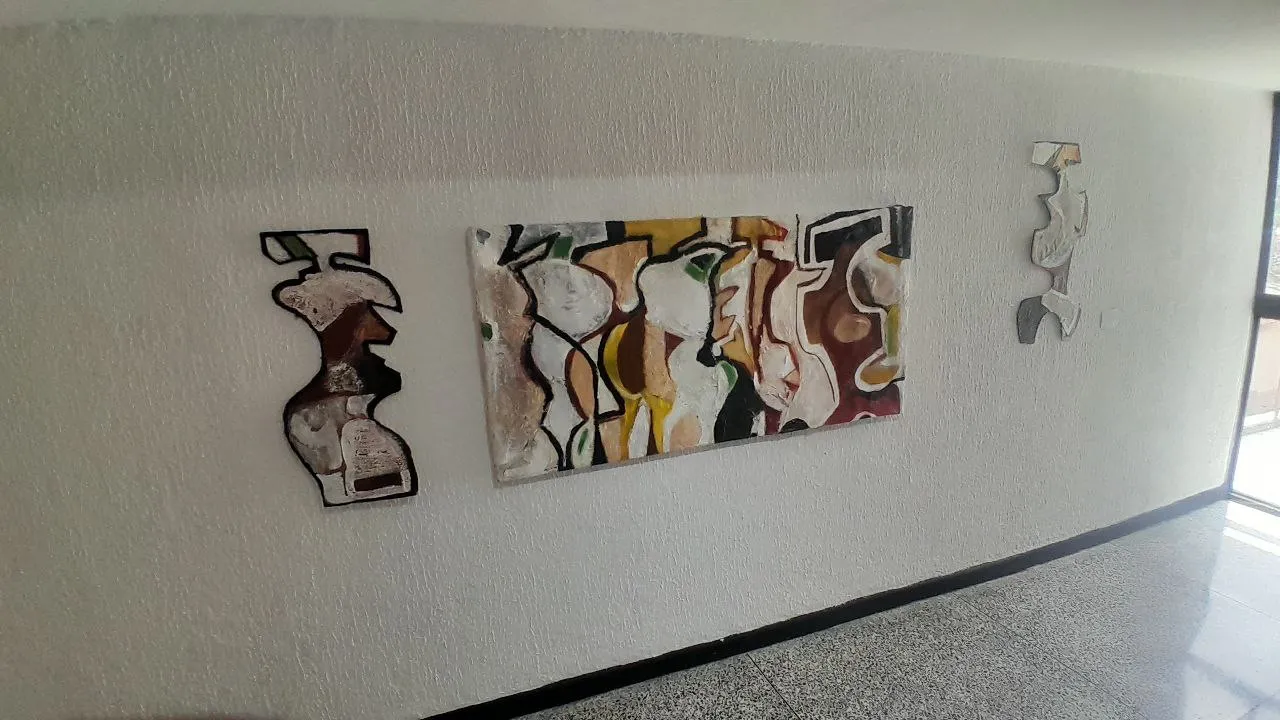 | 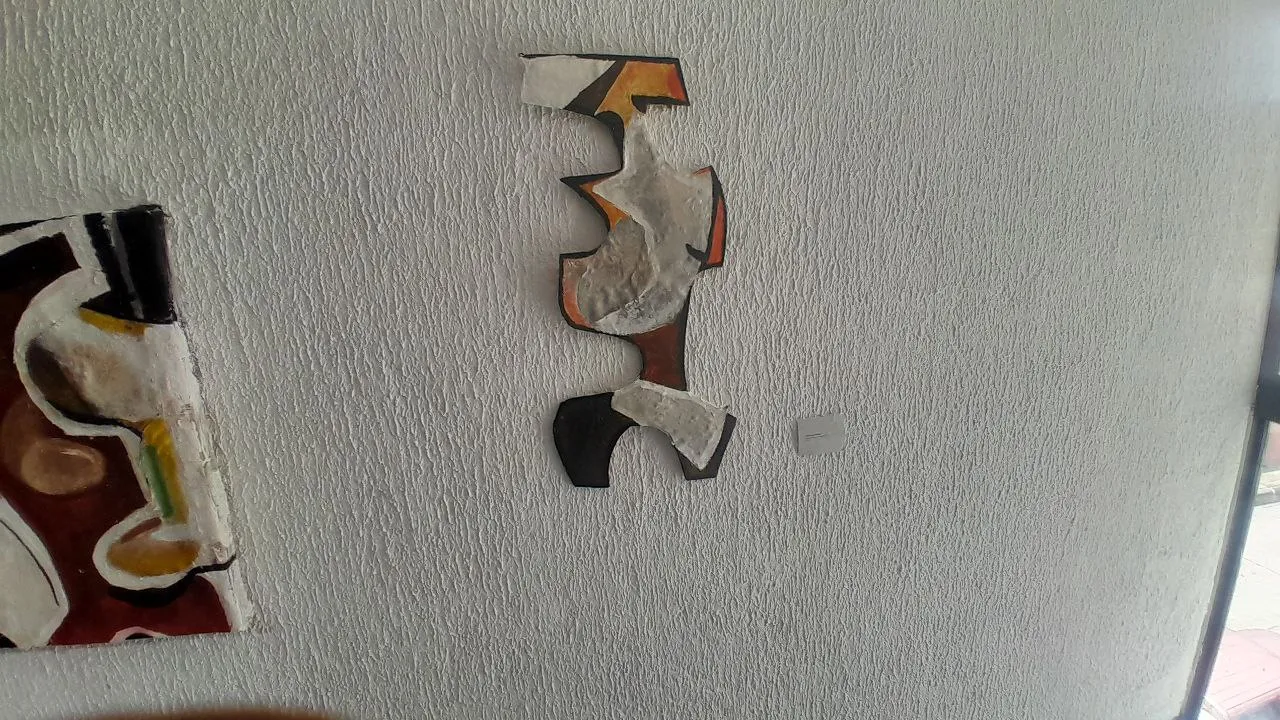 | 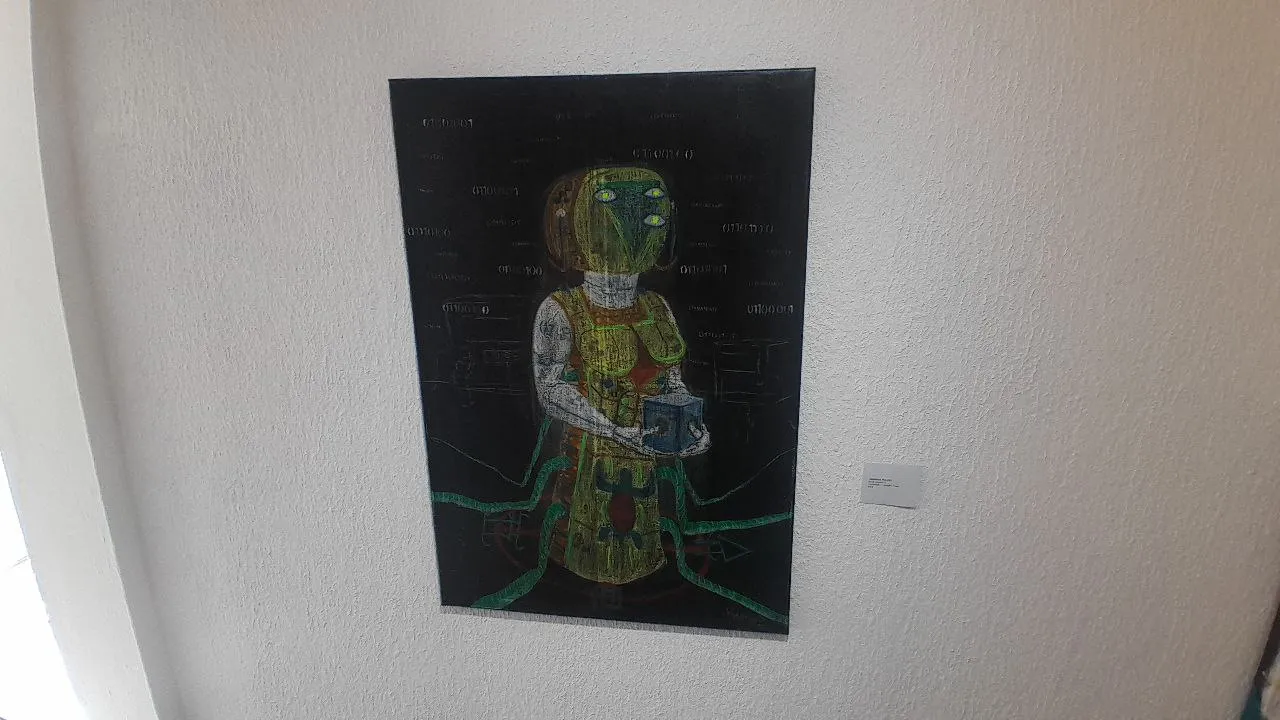 |
|---|
If you’re in Valencia—or anywhere nearby—I highly recommend stopping by MUVA. You’ll get to experience two sides of the same coin: one that remembers and honors, and another that looks ahead with strength and creativity.
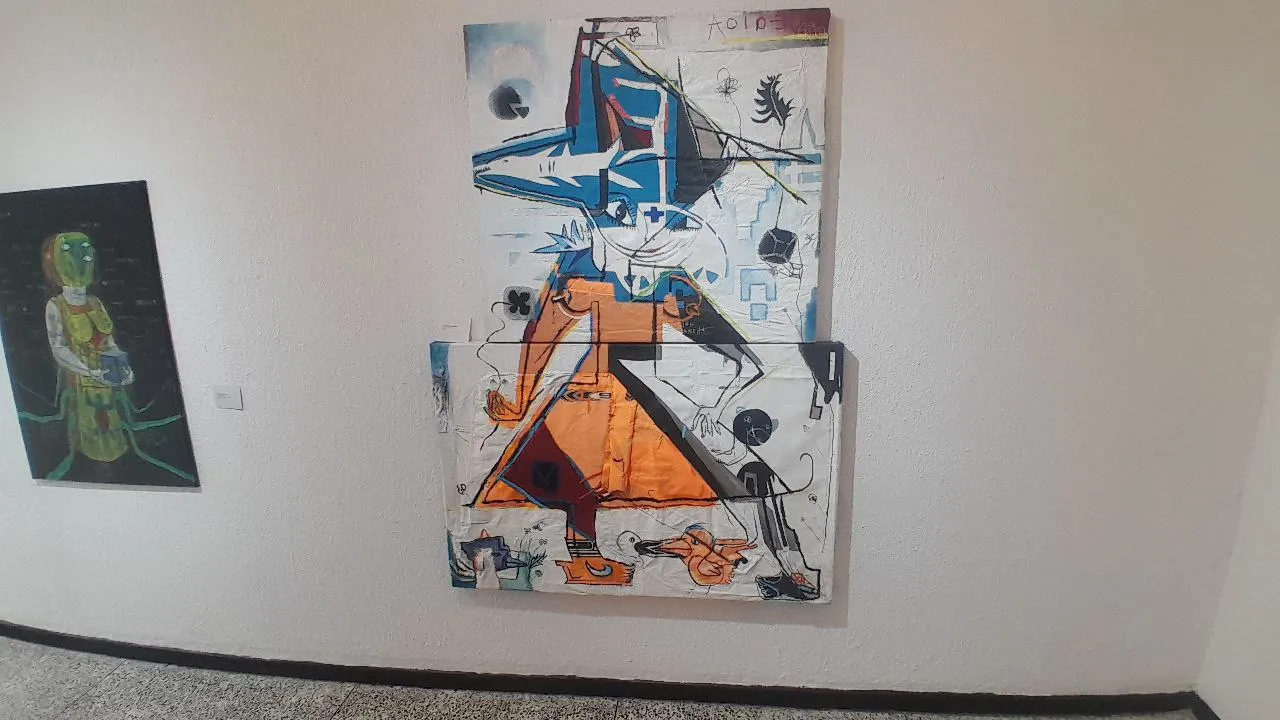 | 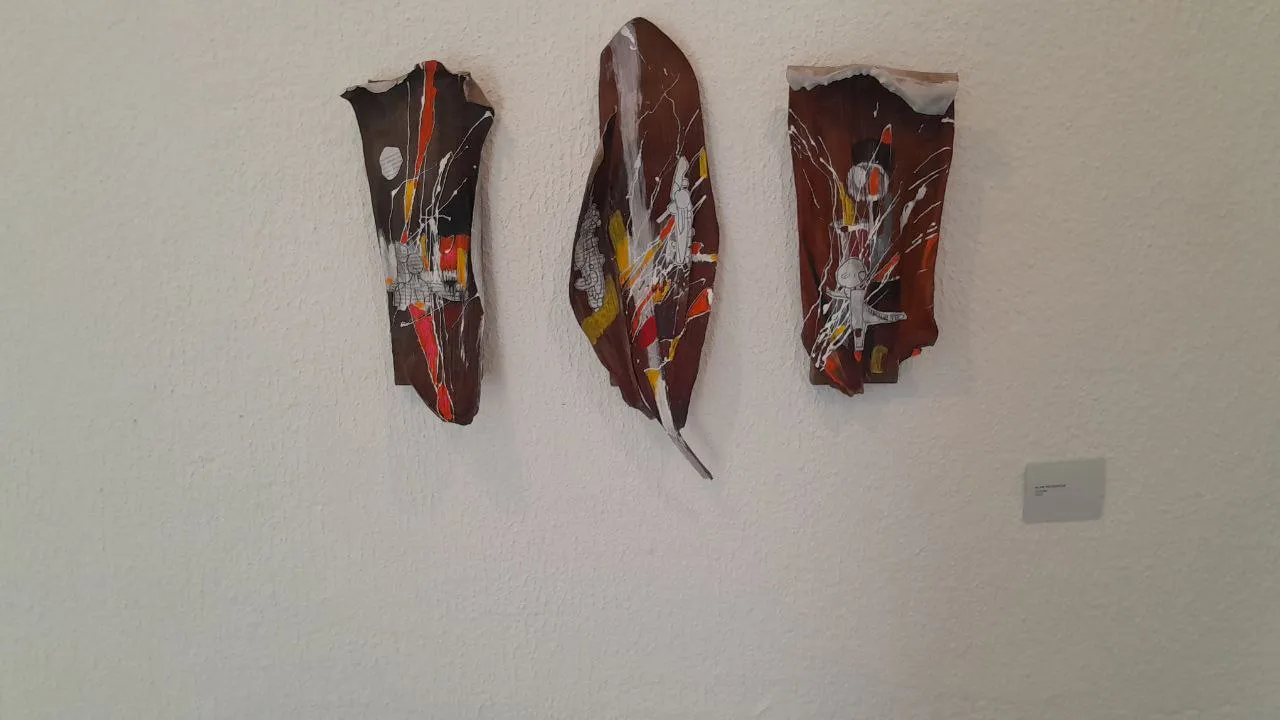 |  | 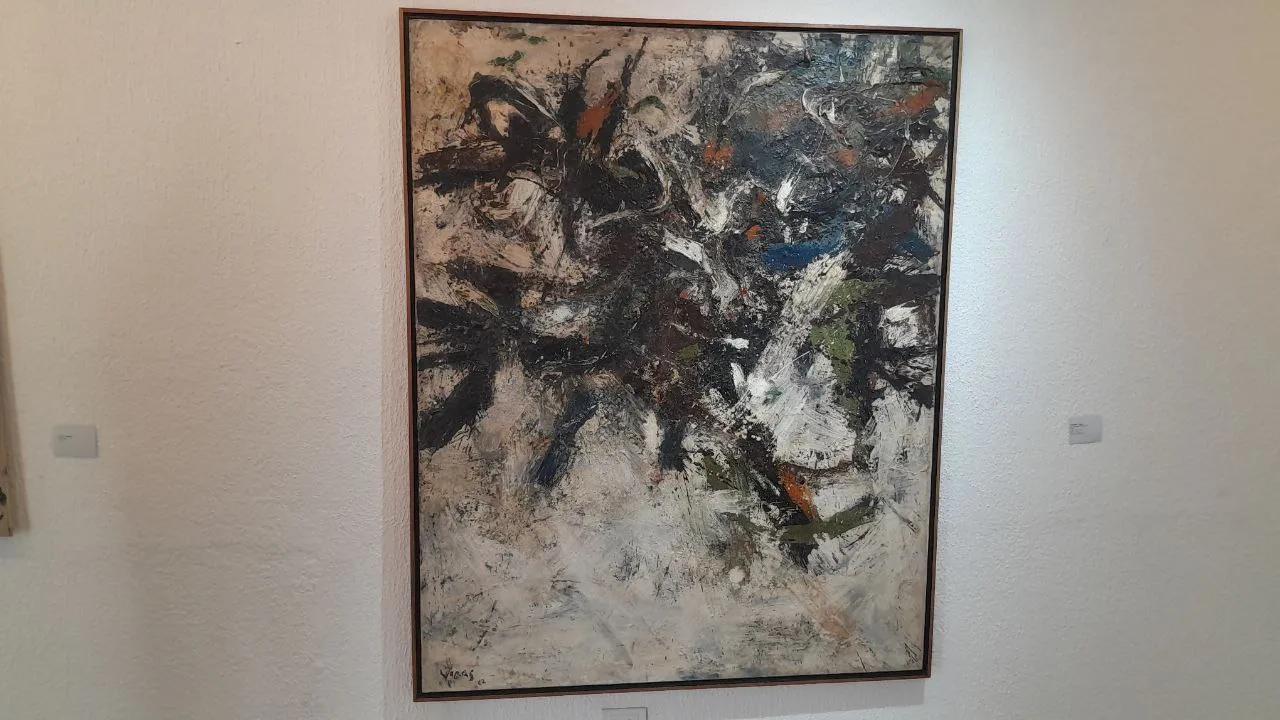 |
|---|
Because in the end, that’s what art does best—bringing the past, the present, and the future together… all on the same canvas.
 | 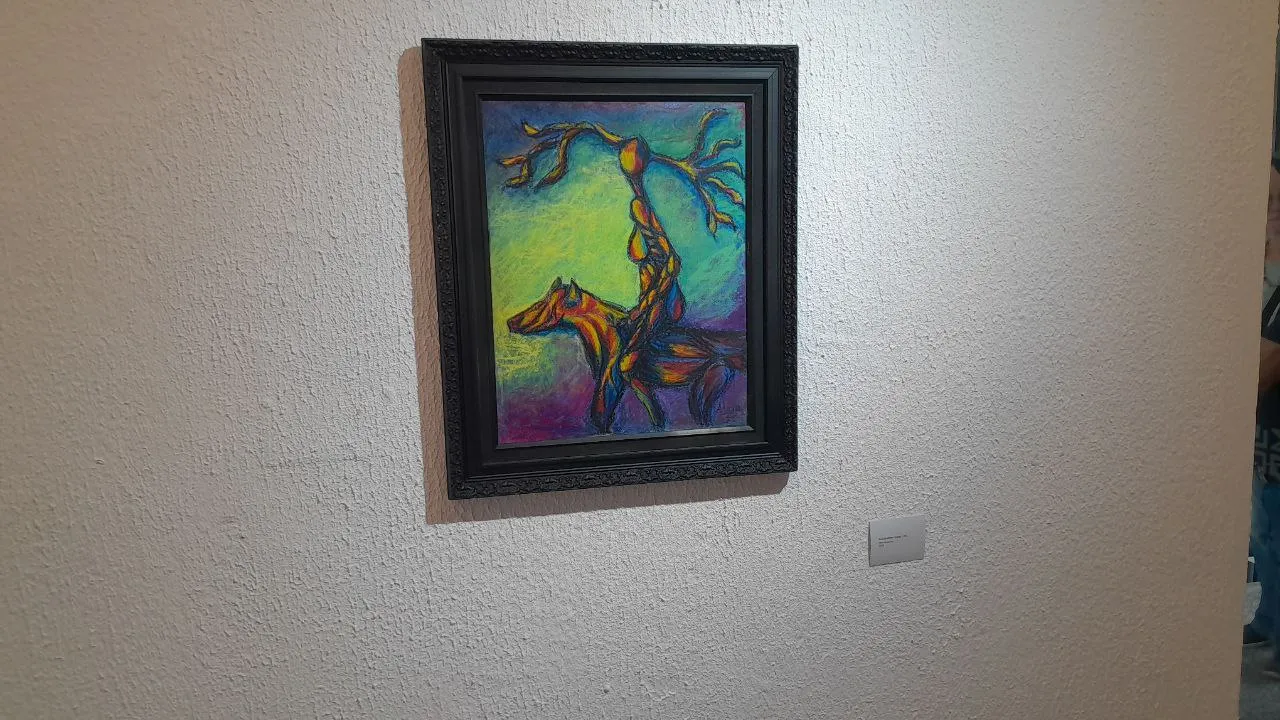 |
|---|
XO,
Heli ♥️
- Photos taken by me.
- Designs made in Canva (free version).
Typography:
League Spartan
TT Milks Script - Translation made with GPT (free version).
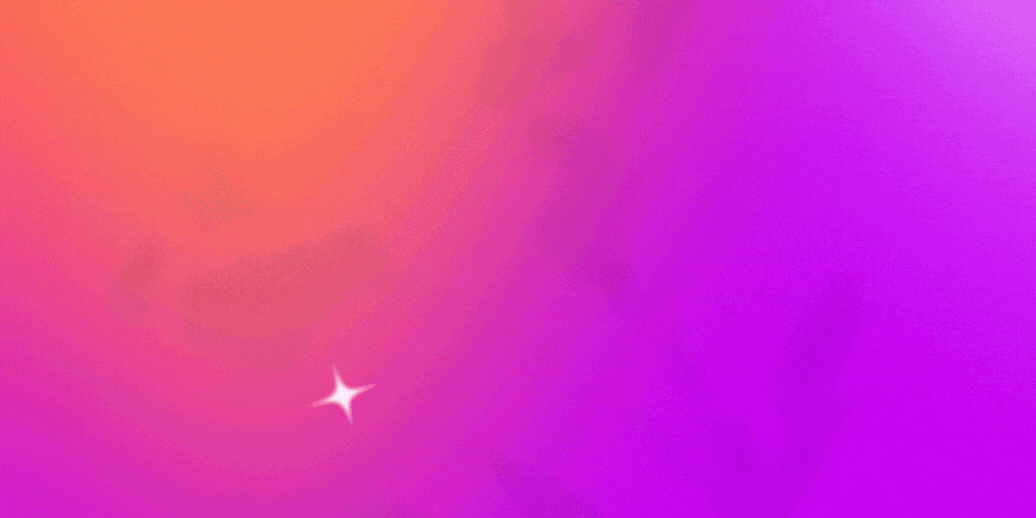
Spanish Version
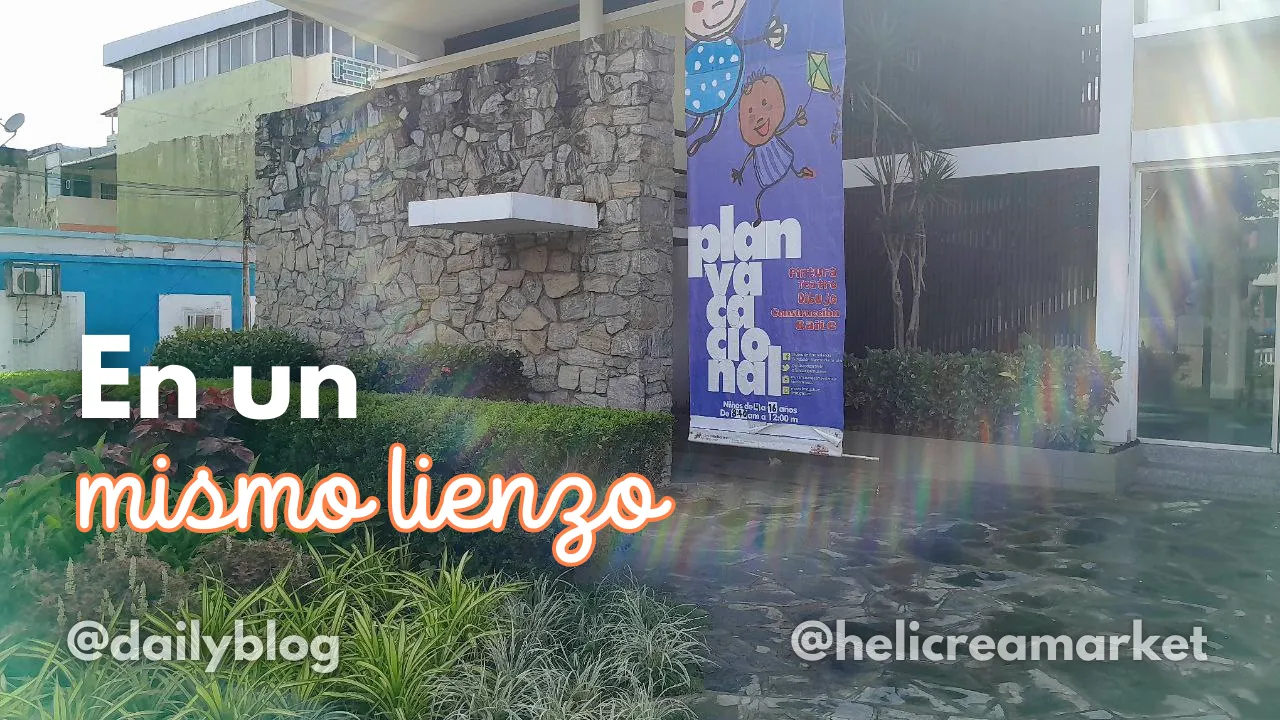
Feliz miércoles chicos. 👋🏽 Hoy quiero compartirles una experiencia bastante fría, pero con un final más que colorido, lleno de memorias y por supuesto, orgullo por el talento nacional. Y es que este pasado sábado tuve la oportunidad de visitar el Museo de Arte Valencia (MUVA) para poder disfrutar de dos exposiciones muy especiales: El Arte y la Guerra (ya anteriormente inaugurada) y Vigas Nuestro (que se inauguraba ese mismo sábado).
 |  |  |  |
|---|
Ambas forman parte de un mismo latido colorido: un homenaje a la historia del arte carabobeño y una apuesta por su futuro. Y aunque si les confieso que llegué pensando que sería “solo una visita al museo”, me encontré con algo más:
 |  |  |
|---|
Una infraestructura que se ha remodelado con espacios bastante fríos (de temperatura). Lo cual es algo excelente para lidiar con el calor de a ciudad.
Y un viaje emocional que pasó del recuerdo profundo a la emoción de descubrir nuevas voces creativas (sobre todo a los que nunca duermen).
 |  |  |  |
|---|
 |  |  |  |
|---|
Llegué al MUVA con el sol de media mañana e iluminando la fachada después de la lluvia.
Afuera, un grupo de personas conversaba animadamente; entre ellos, artistas, estudiantes y visitantes curiosos. La energía se sentía especial, como si todos supiéramos que estábamos por presenciar algo más que genial… Arte nacional.
Luego de recibir la bienvenida en la recepción del MUVA, procedimos a movernos a las diferentes paradas…
La primera fue el Espacio Quintín Hernández
Un nuevo rincón del museo bautizado en honor al maestro, poeta y artista plástico que nos dejó el pasado 17 de mayo. Apenas entré, entendí que no era solo una sala, sino un abrazo simbólico a su memoria. La exposición que lo inaugura, El Arte y la Guerra, es intensa y conmovedora, porque reúne obras de grandes artistas locales como Carvince Nicastro, Benito Betancourt, Hugo Barroeta, Fátima Mendoza y muchos otros.
 |  |  |  |
|---|
 |  |  |  |
|---|
Cada pieza es una mirada distinta a la guerra, no solo como conflicto bélico, sino como esas batallas cotidianas que todos libramos: internas, sociales y culturales.
Me impresionó ver cómo, a través de estilos y técnicas tan distintivas, todas las piezas parecían dialogar entre sí, como si cada obra fuera una carta enviada al maestro Hernández en un “determinado momento”.
Después del primer recorrido, nos guiaron hasta la Sala Ana Enriqueta Terán
 |  |
|---|
Donde se presentaba Vigas Nuestro. Y si la primera exposición tenía un peso emocional profundo, esta se sentía como abrir una ventana y dejar entrar aire nuevo. Porque allí pude conocer el trabajo de jóvenes creadores como Noel Alí, Alejandra Ceballos, Levis Herrera, Vanessa Pulido y muchos más. Aunque sus propuestas son diversas: pintura, escultura e instalación…
 |  |  |
|---|
Todas tenían ese sello personal que, aunque fresco, también dialoga con la tradición artística de nuestro país...
 |  |  |  |
|---|
 |  |  |  |
|---|
Por lo que me encantó que no se tratara de “copiar” al maestro Oswaldo Vigas, sino de reinterpretarlo desde miradas diferentes contemporáneas. Había obras cargadas de simbolismo indígena, otras con paletas de colores vibrantes que parecían explotar en la pared, y algunas más conceptuales que invitaban a reflexionar.
 |  |
|---|
Mi favorita de todas, fue nada más y nada menos que “Los que nunca duermen”.
Un cierre lleno de promesas 🚪
 |  |  |  |
|---|
Antes de irme, me enteré de que este es solo el comienzo de varios homenajes que el MUVA planea para este año. Así que sí, salí con la sensación de que volveré pronto para seguir disfrutando del arte y sus homenajes.
 |  |  |  |
|---|
Así que, si estás en Valencia o vives cerca de la ciudad, te recomiendo muchísimo darte una vuelta por el MUVA, parque puedas disfrutar de estas dos caras de la misma moneda:
 |  |  |  |
|---|
Una que recuerda y honra, y la otra que mira hacia adelante con fuerza y creatividad.
Porque al final, eso es lo que el arte hace mejor: unir el pasado, el presente y el futuro… Todo en un mismo lienzo.
 |  |
|---|
XO,
Heli ♥️
- Fotos tomadas por mí.
- Diseños realizados en Canva (versión gratuita).
Tipografía:
League Spartan
• TT Milks Script - Traducción realizada con GPT (versión gratuita).
